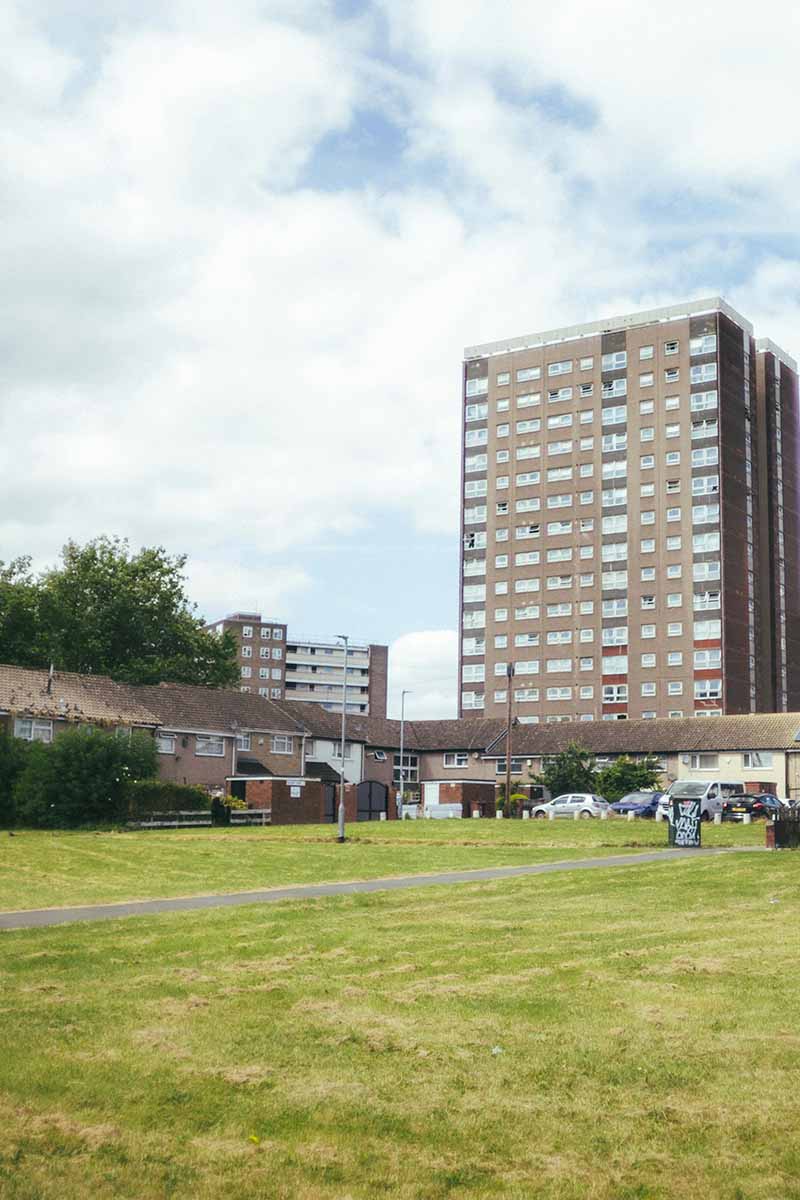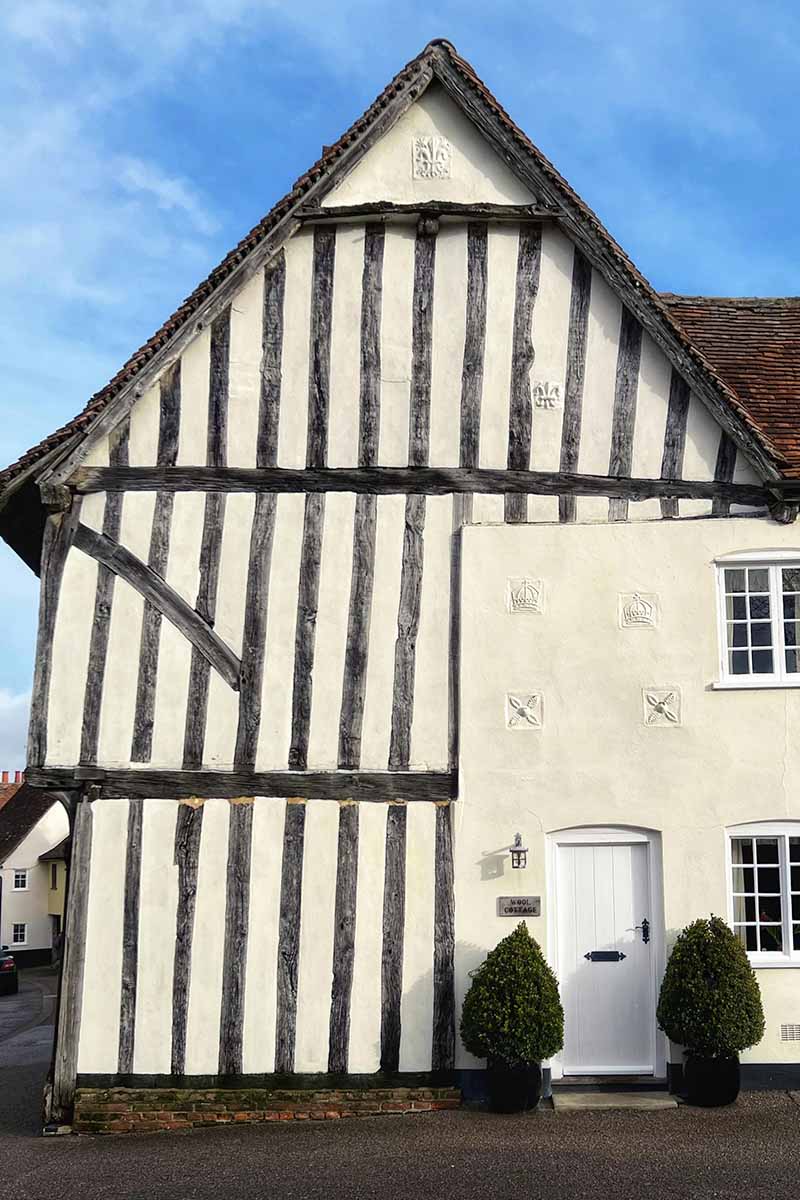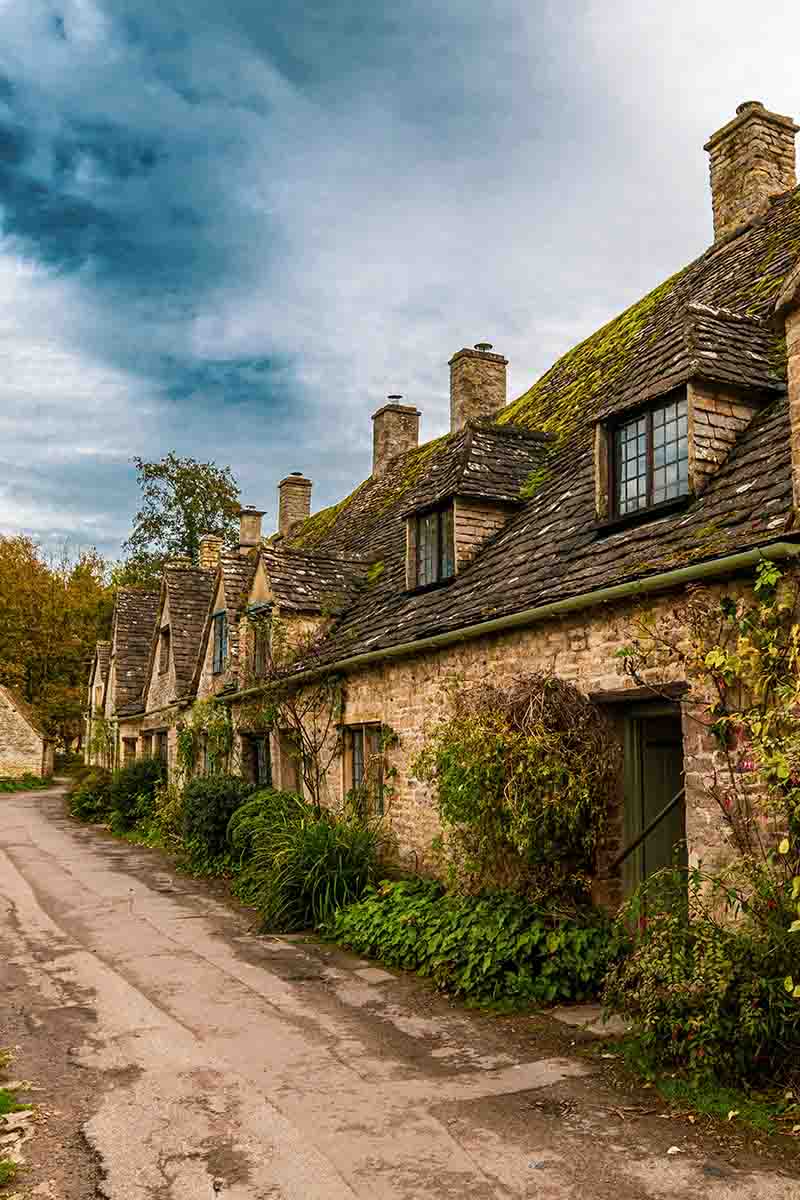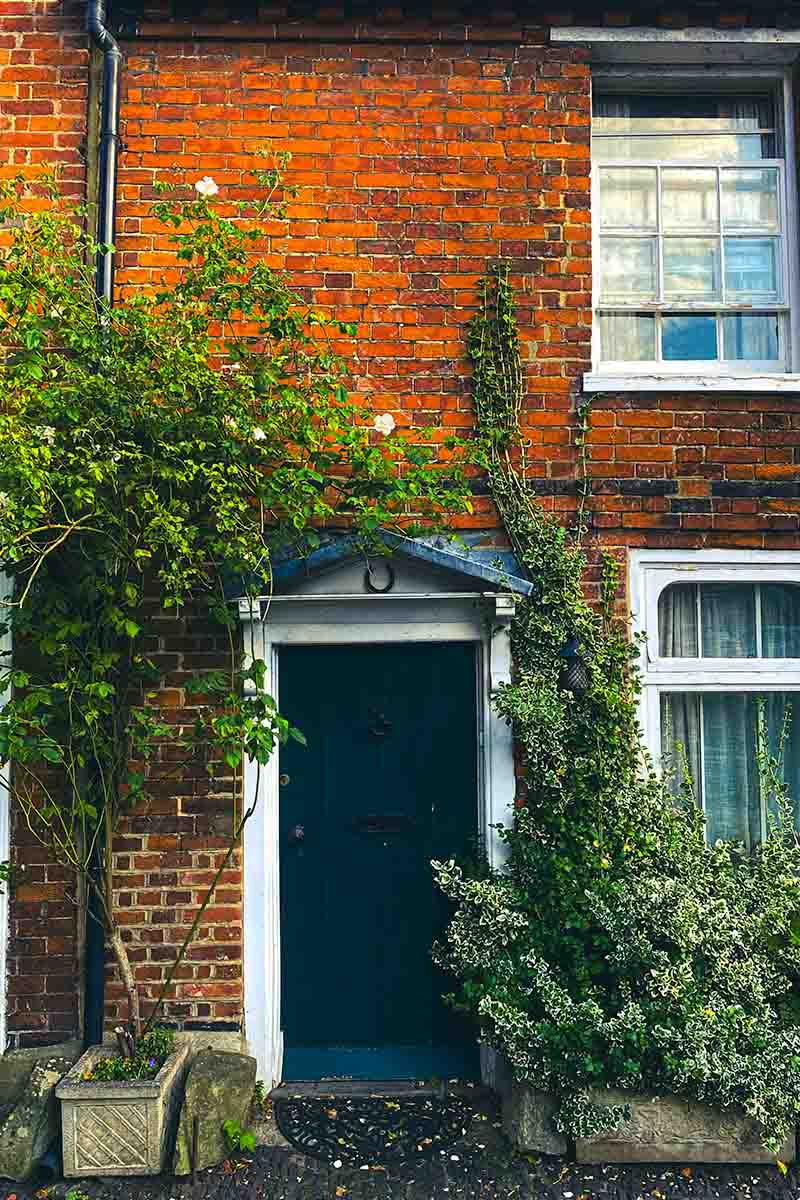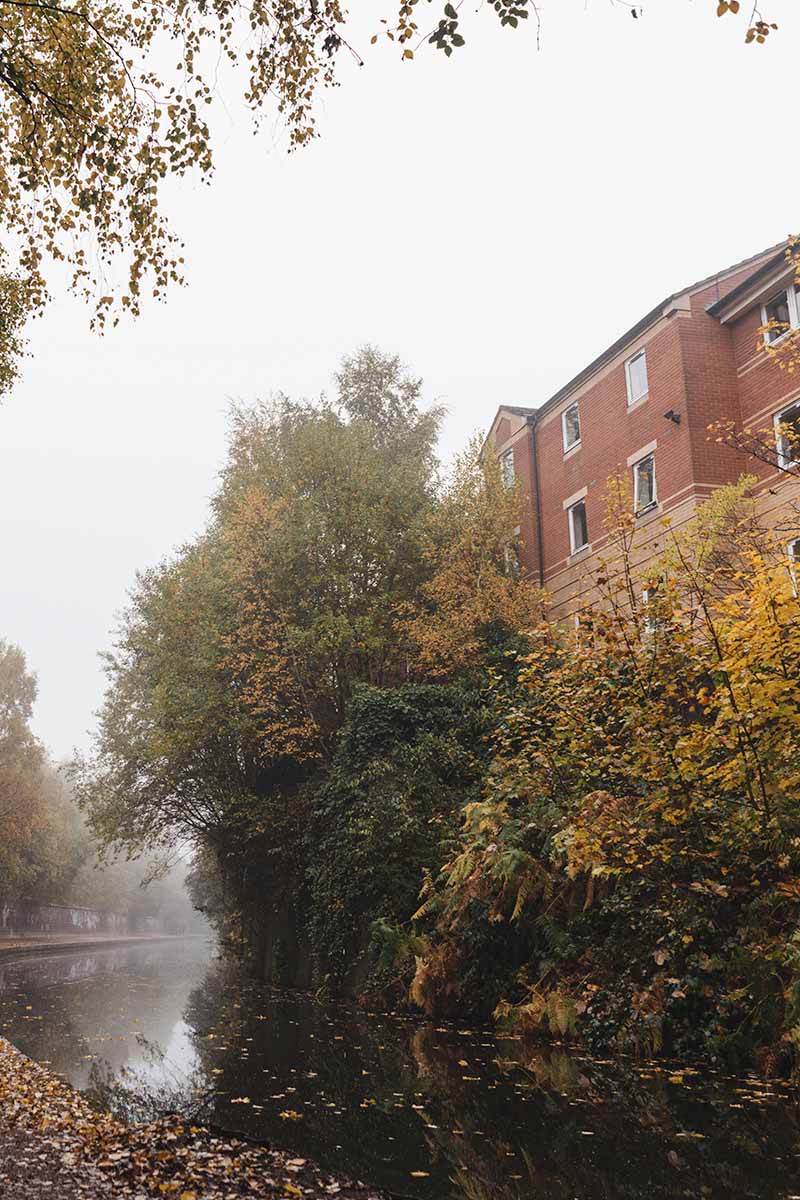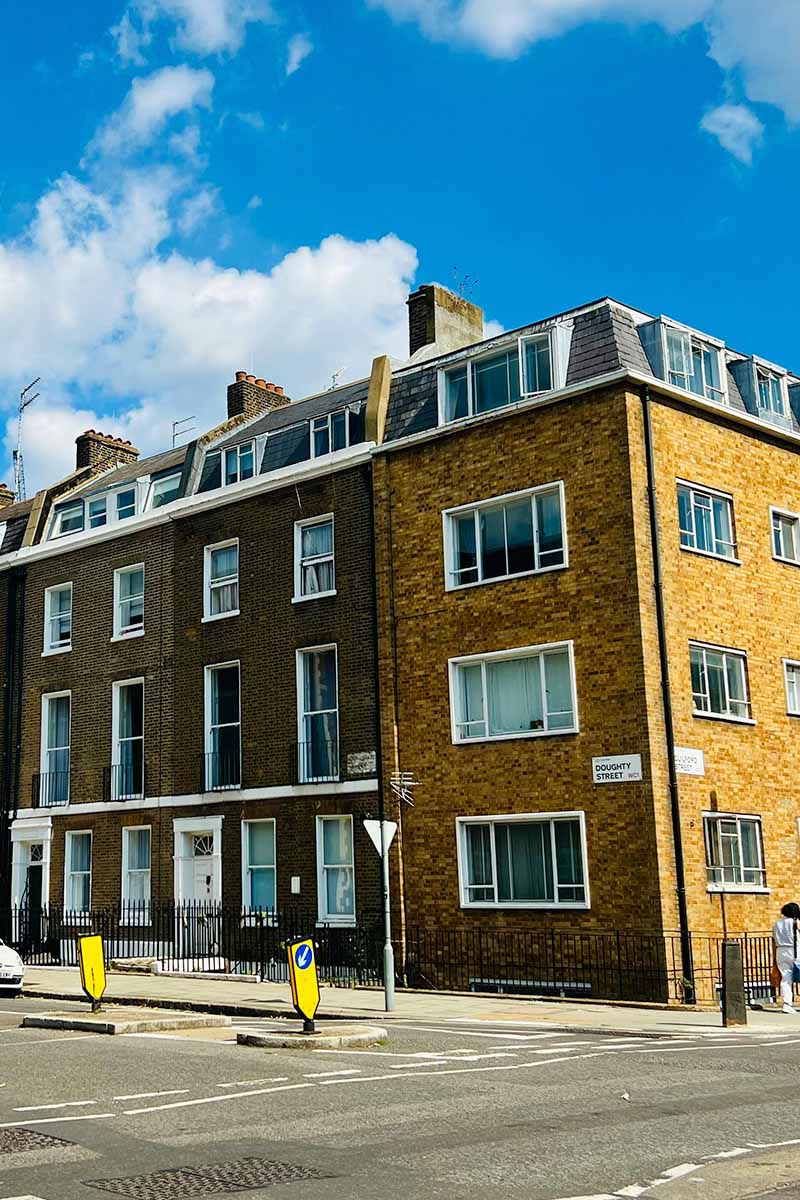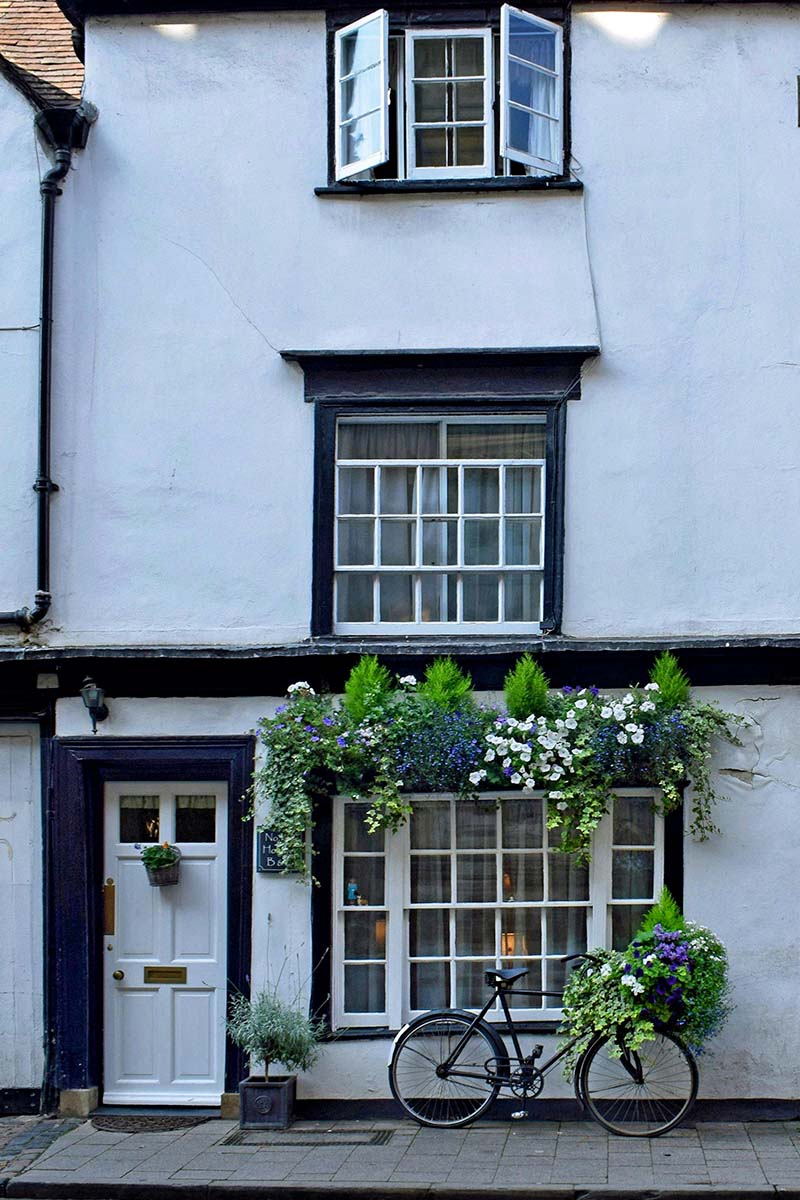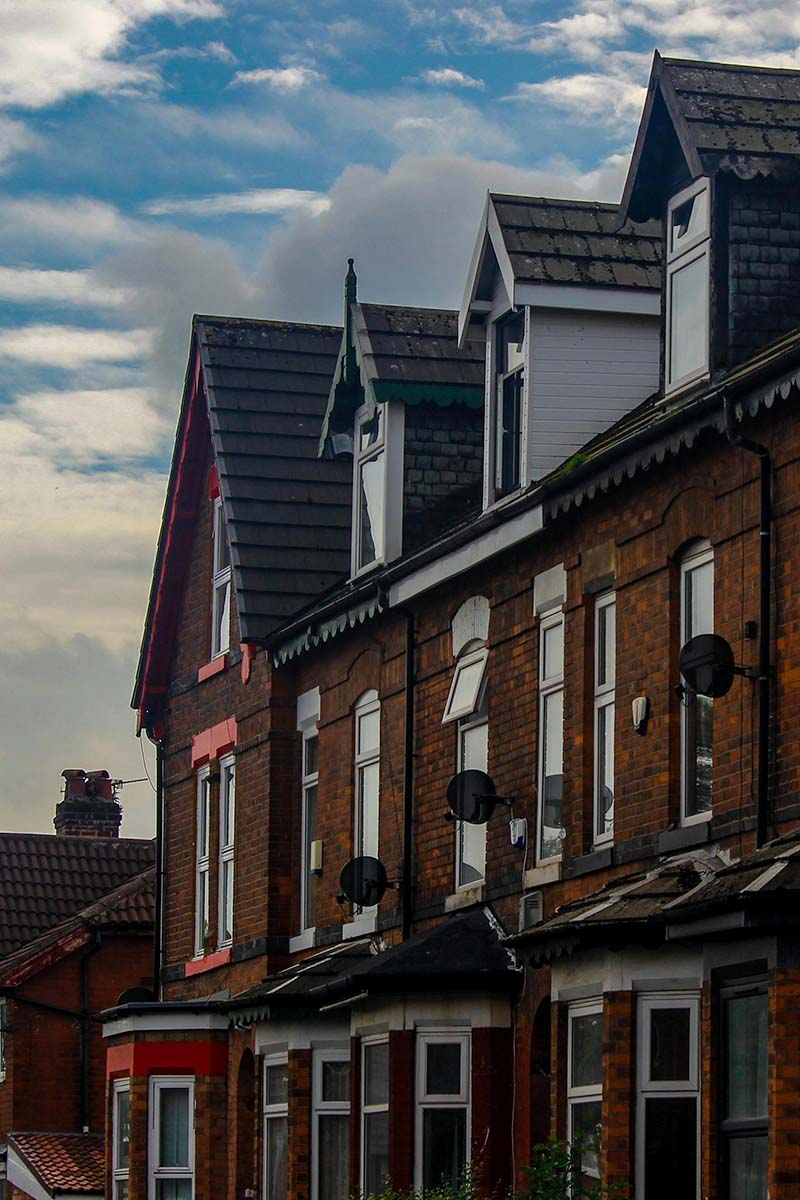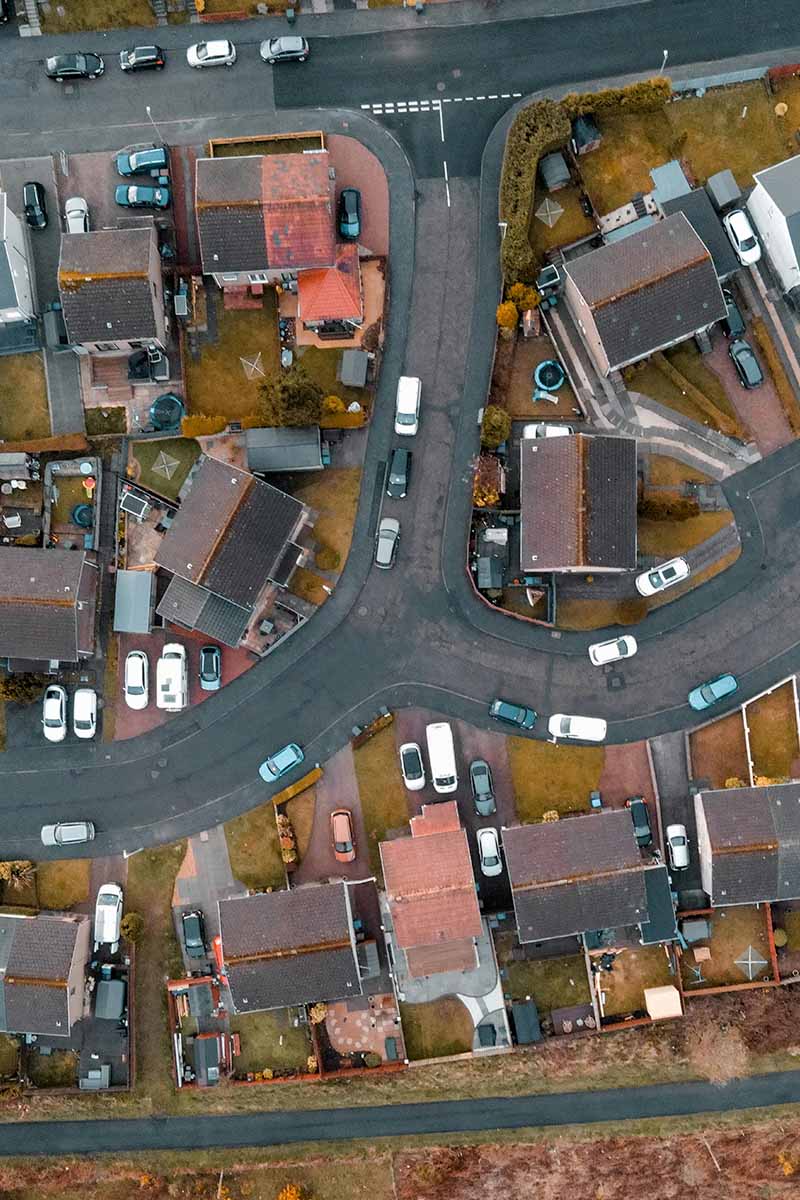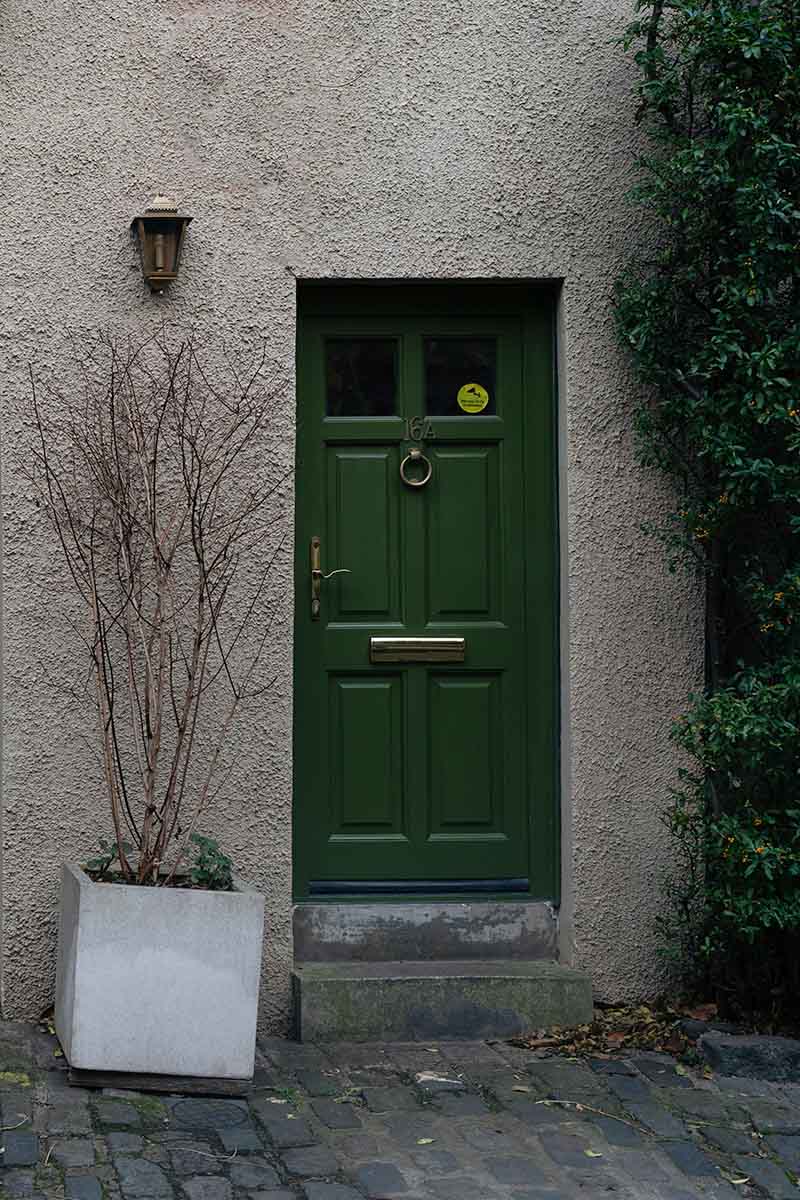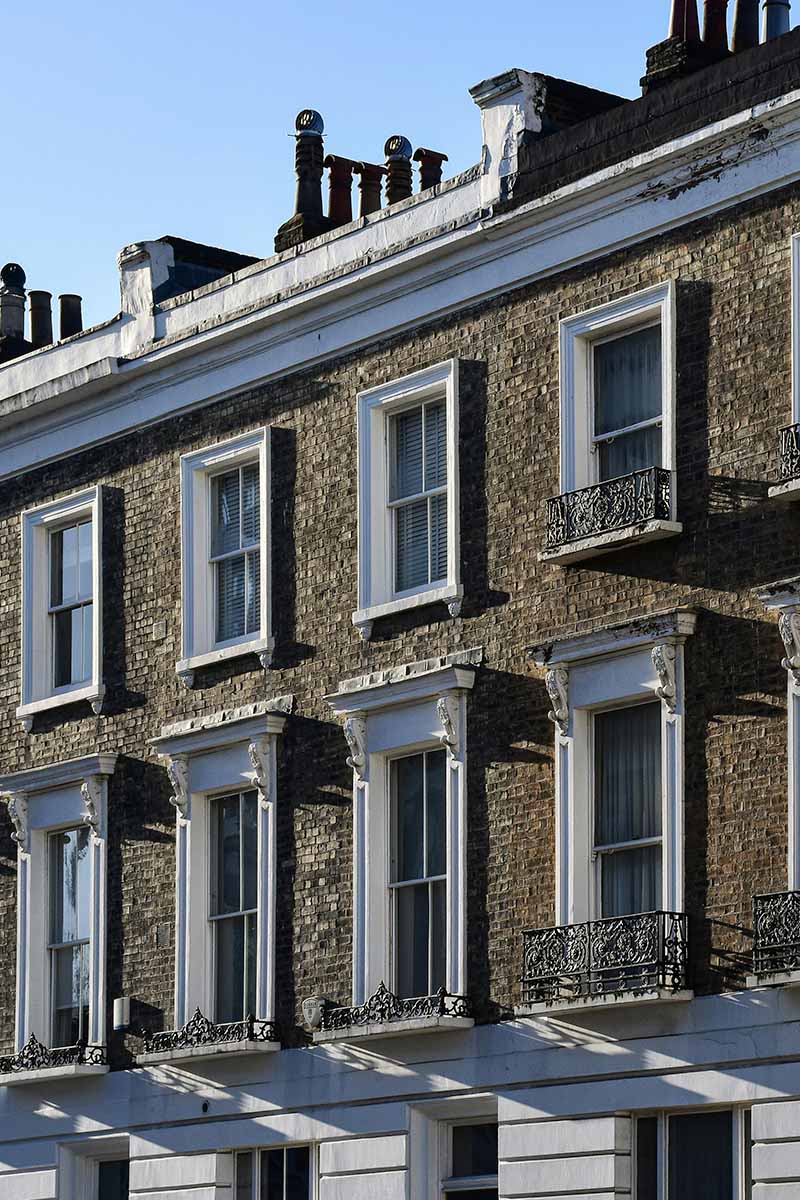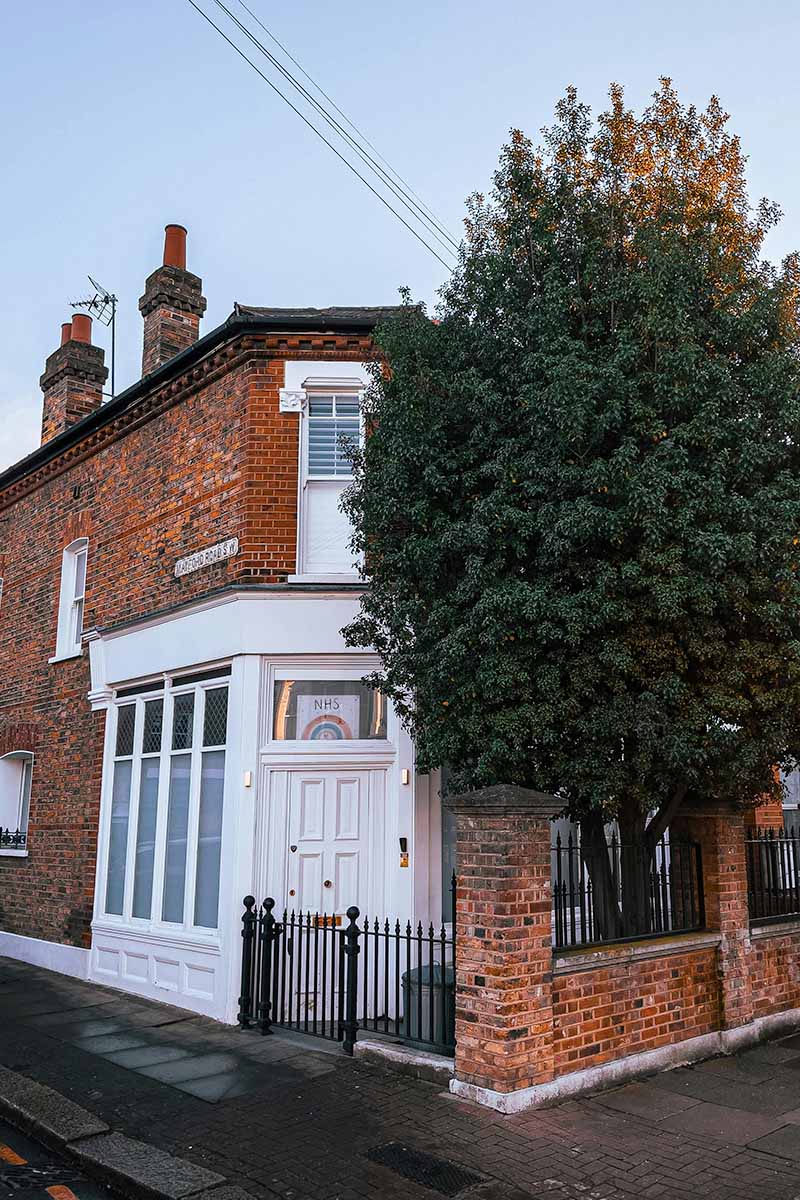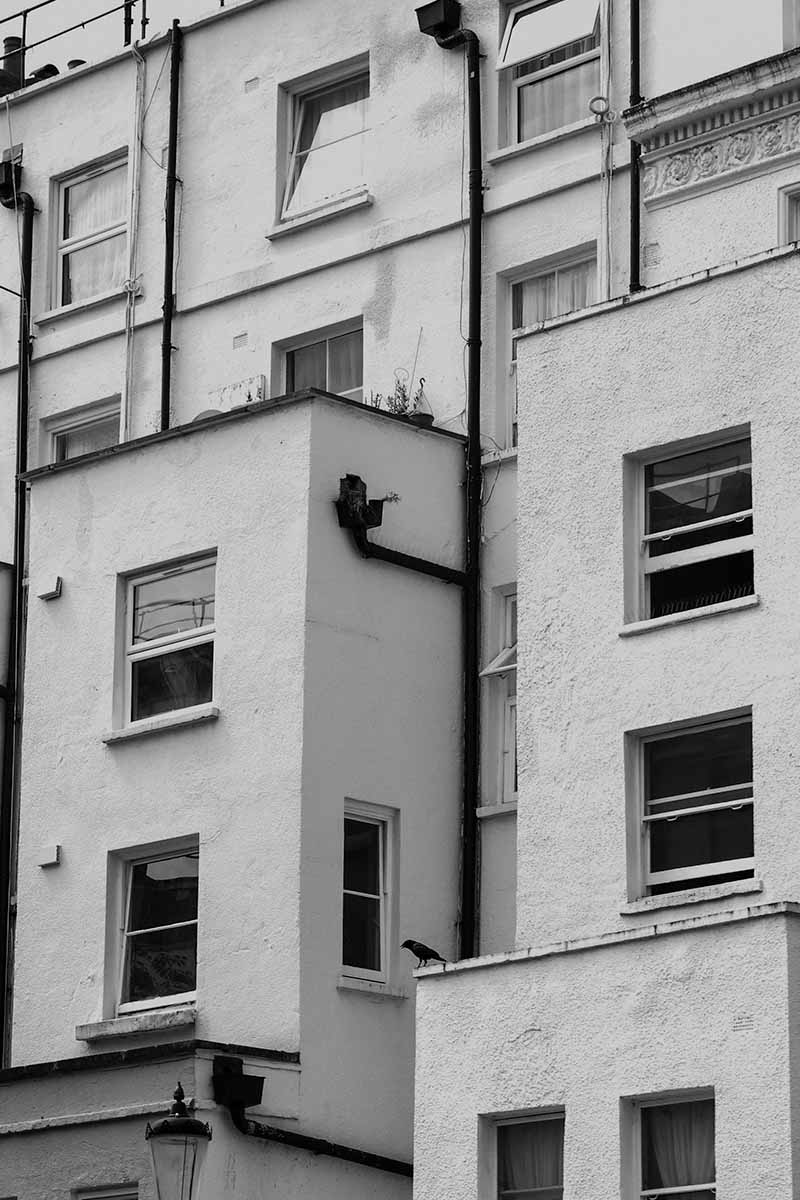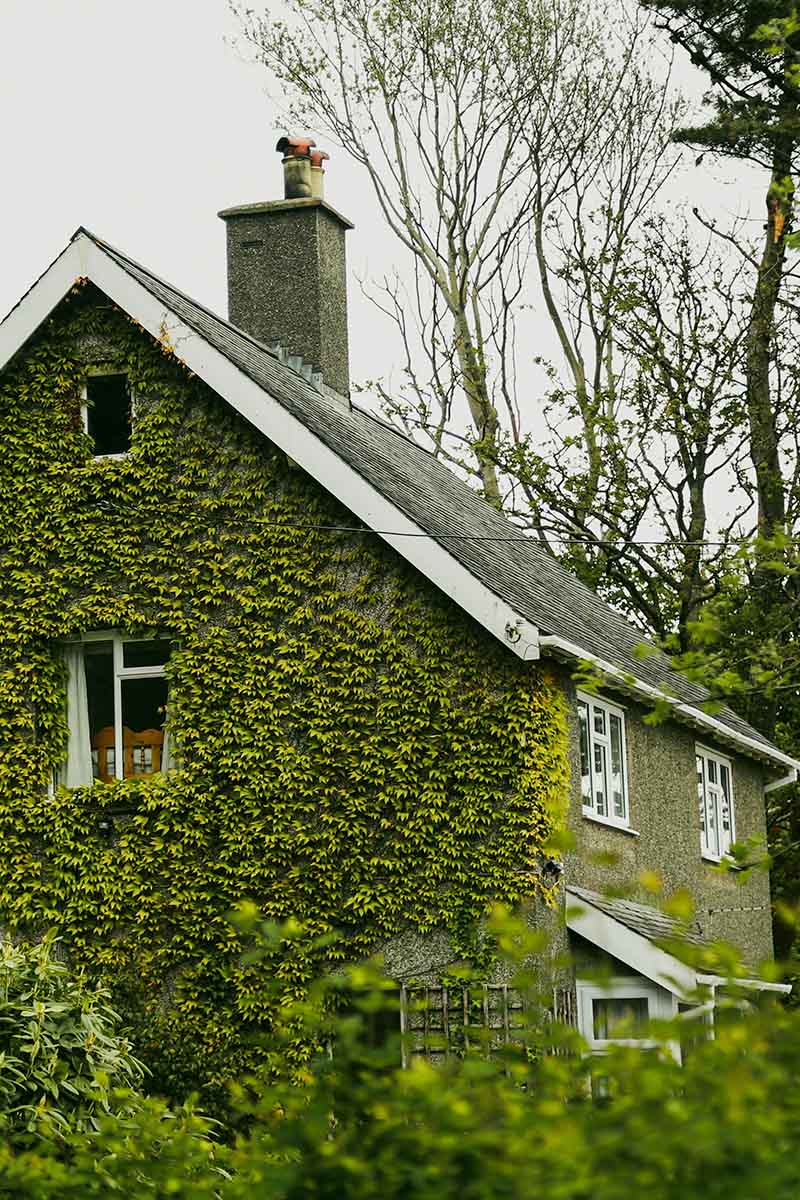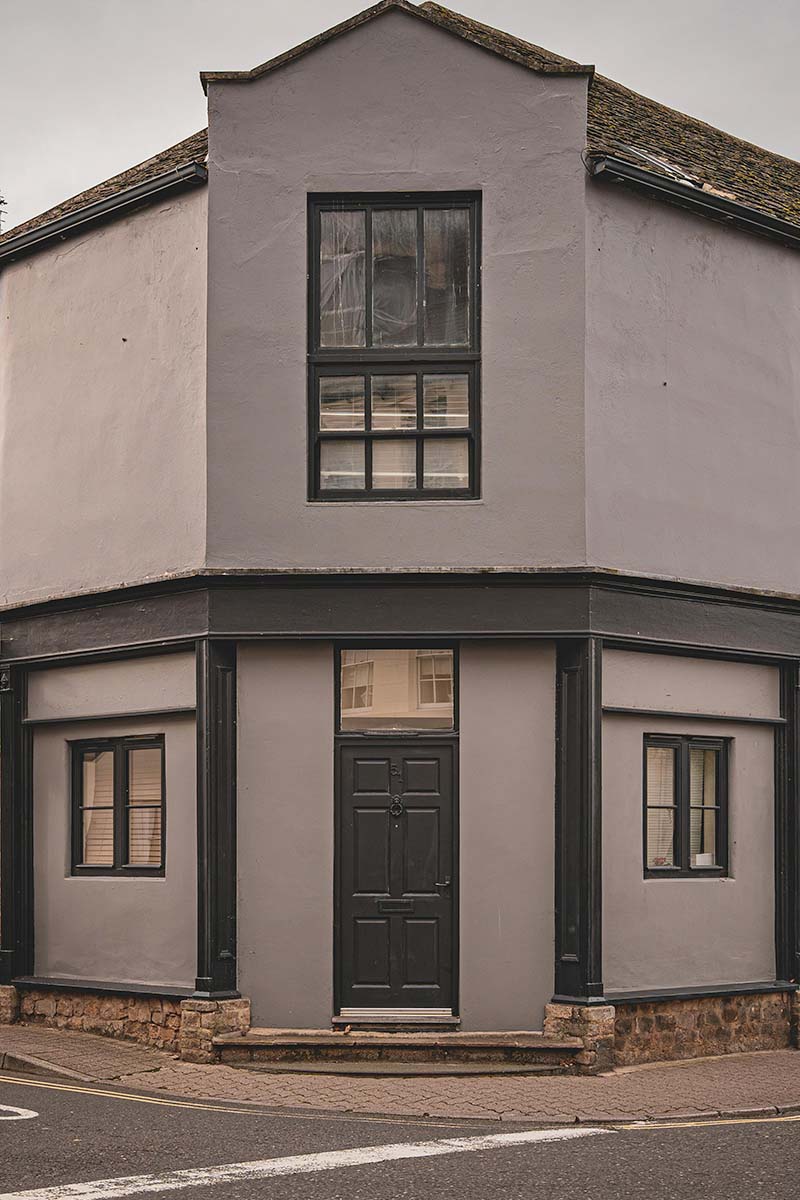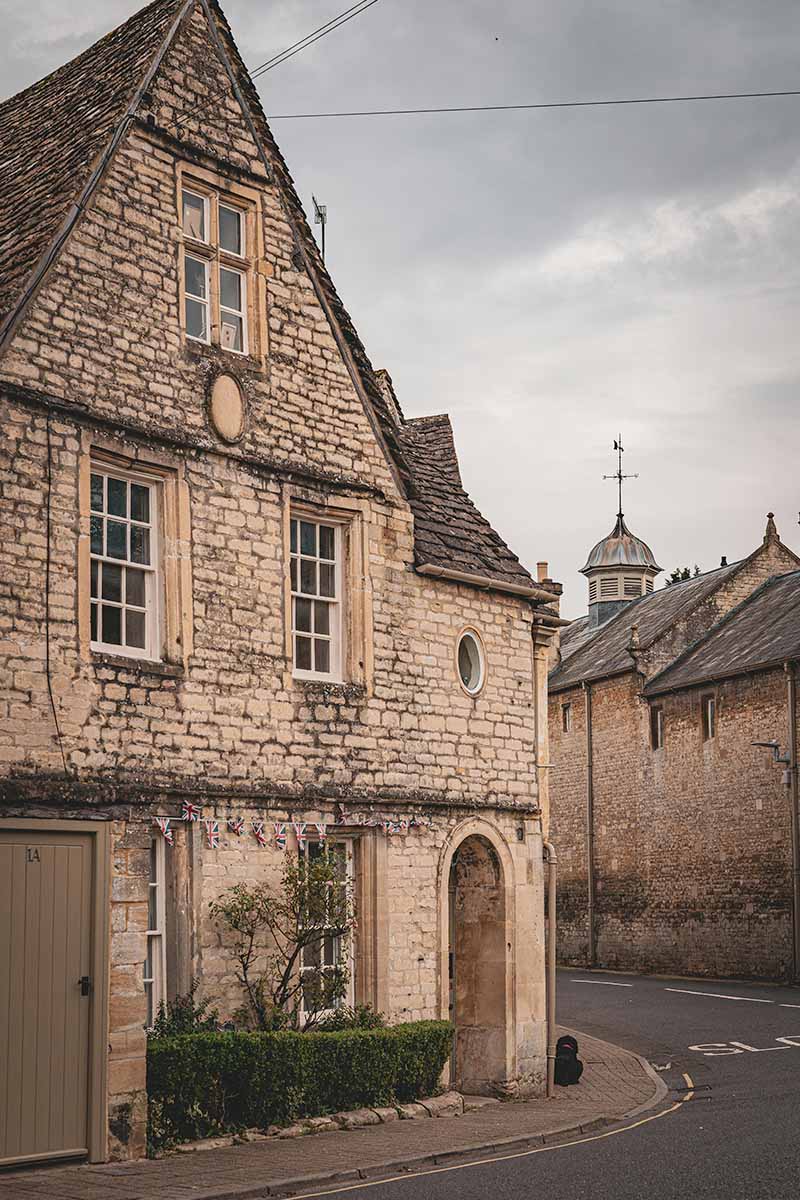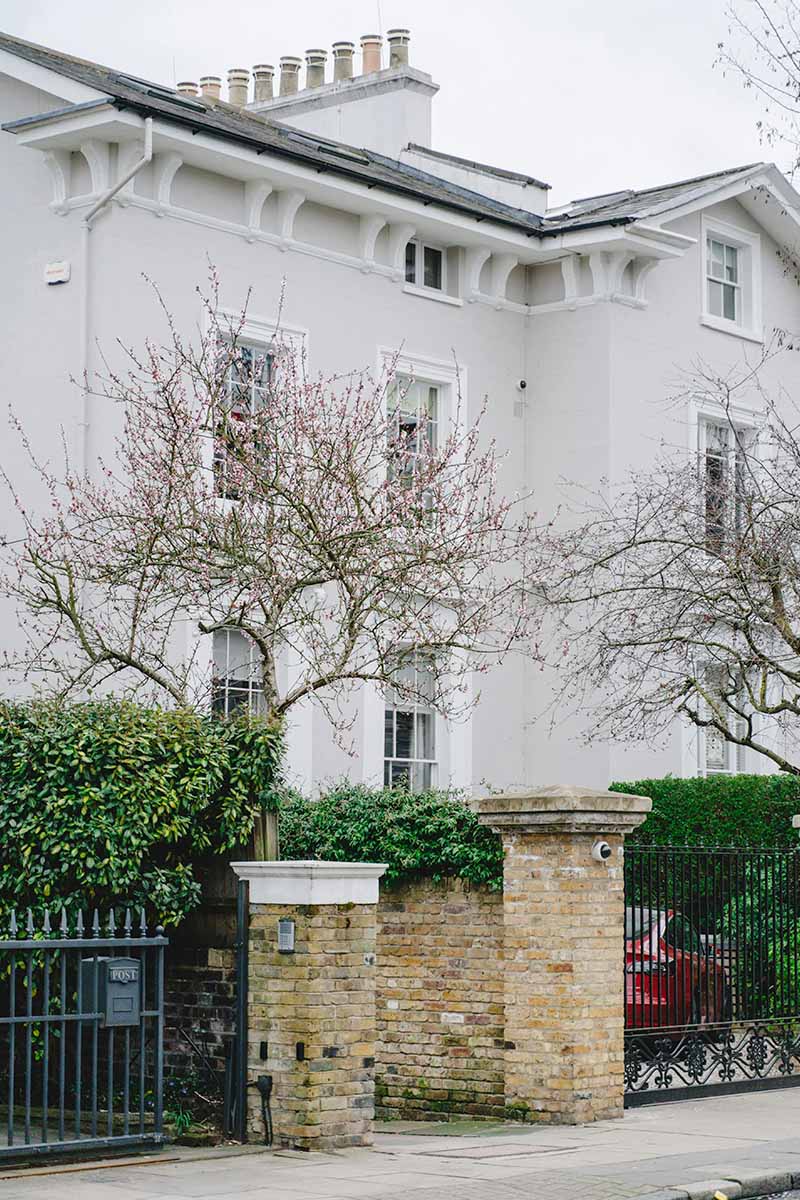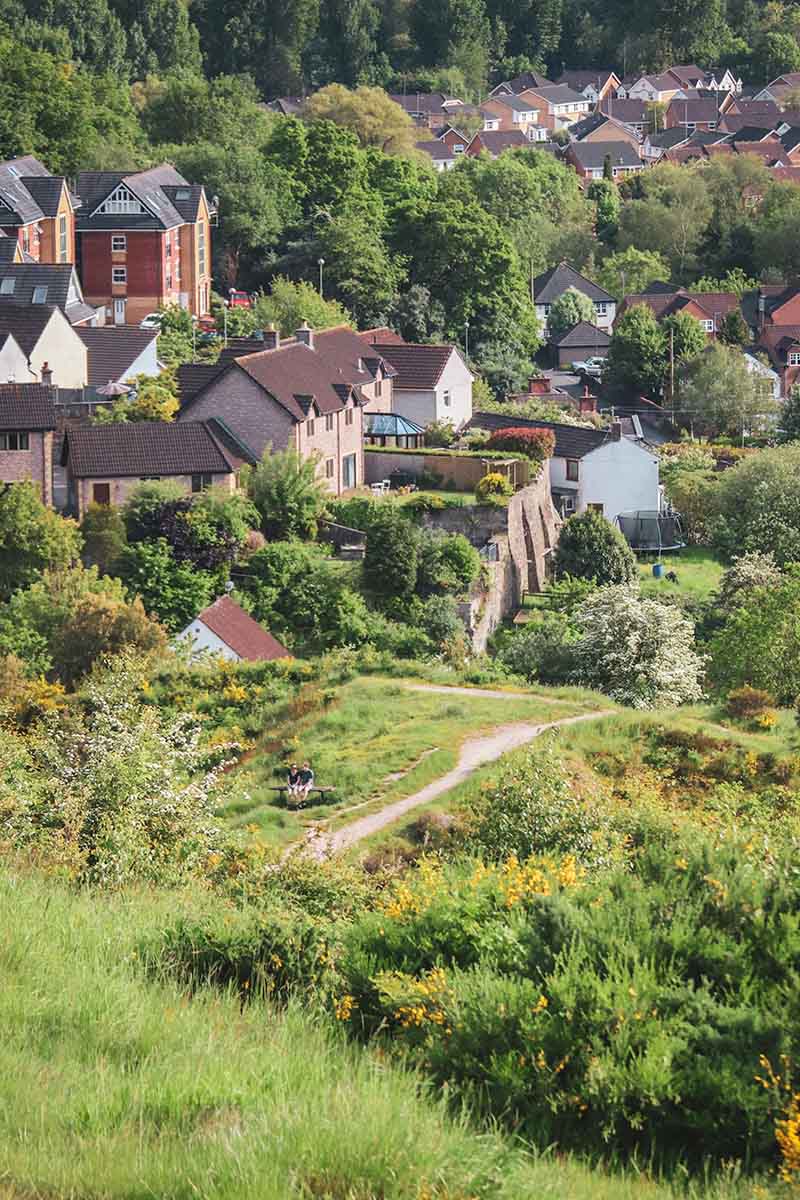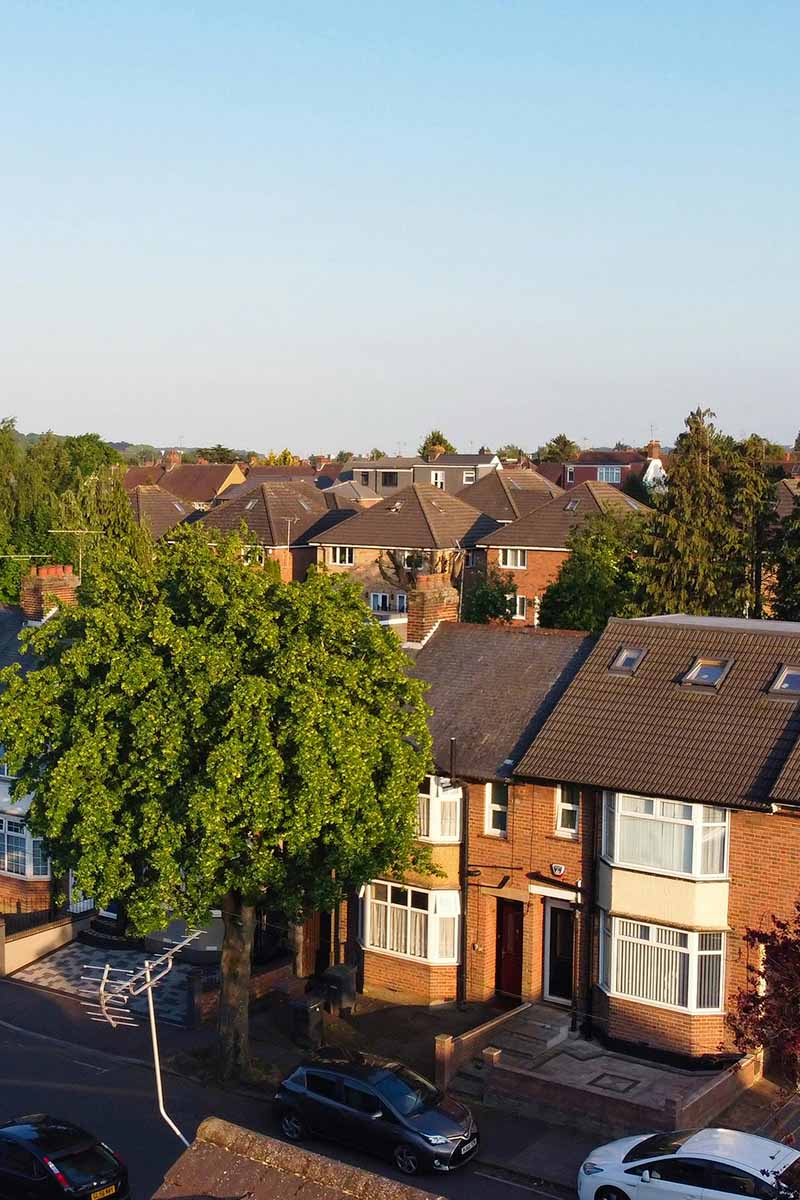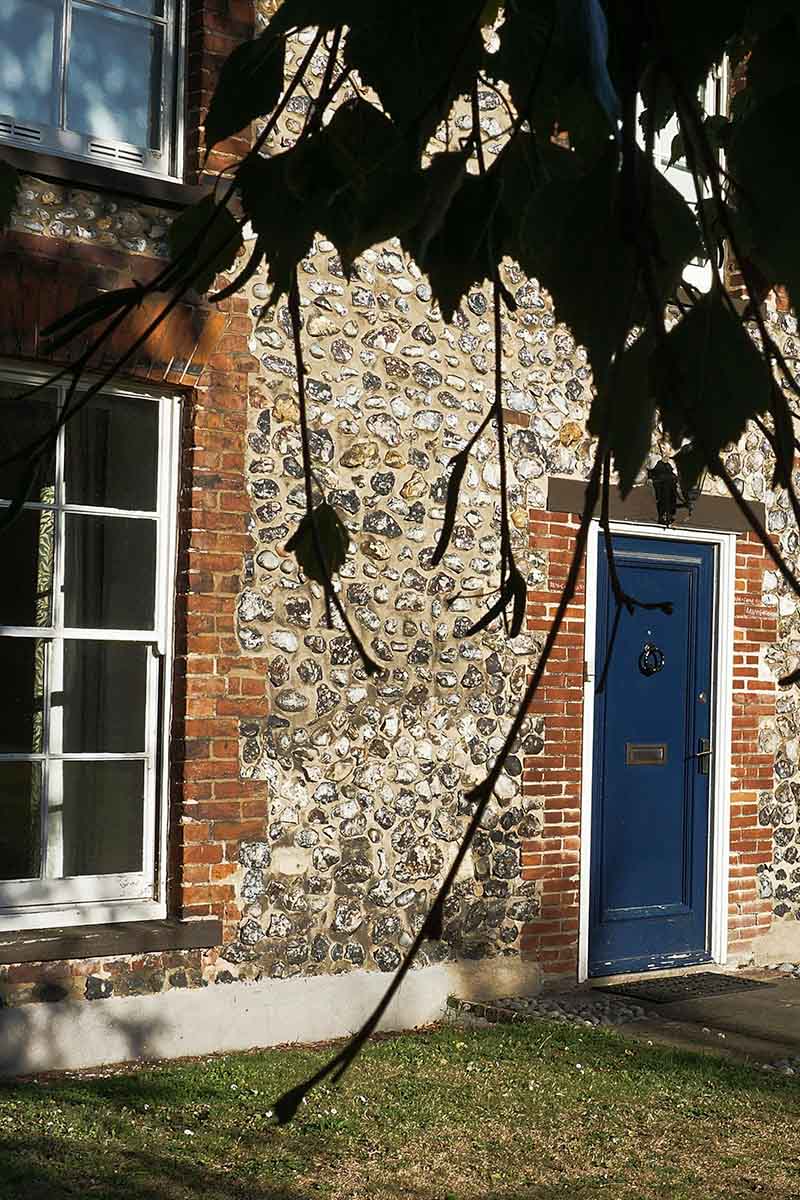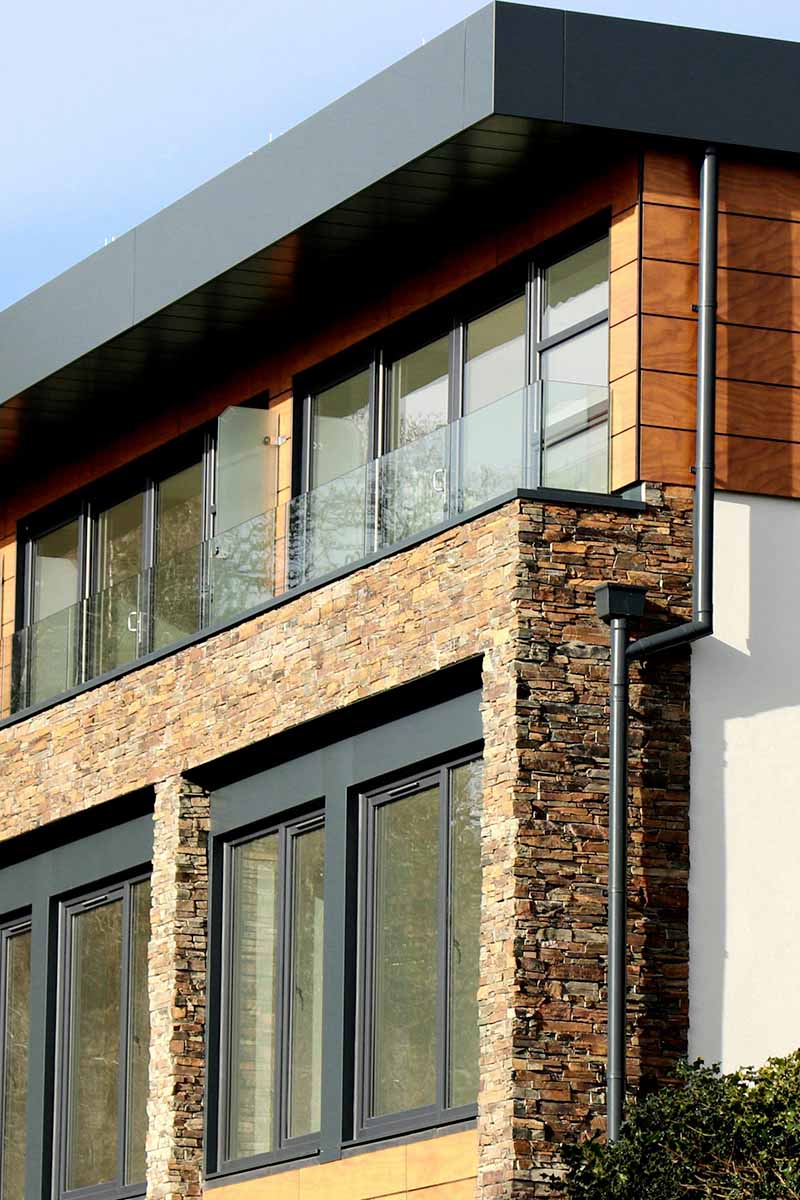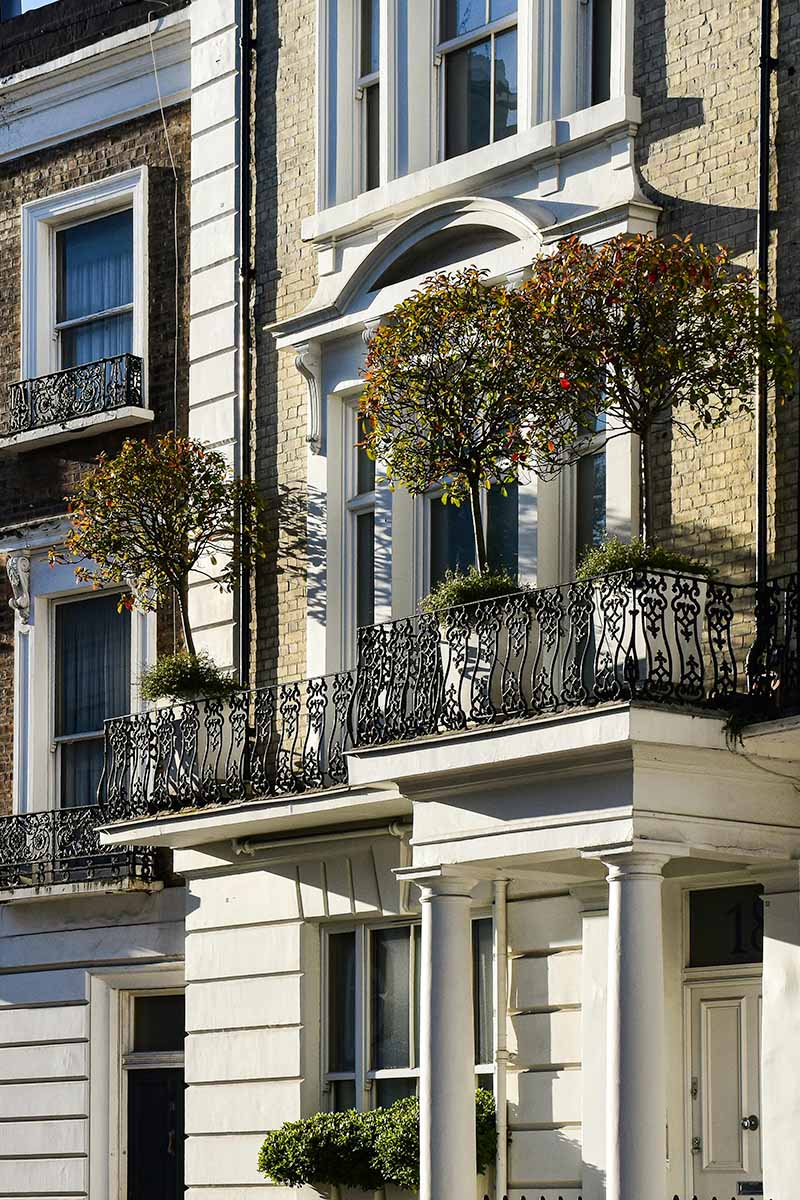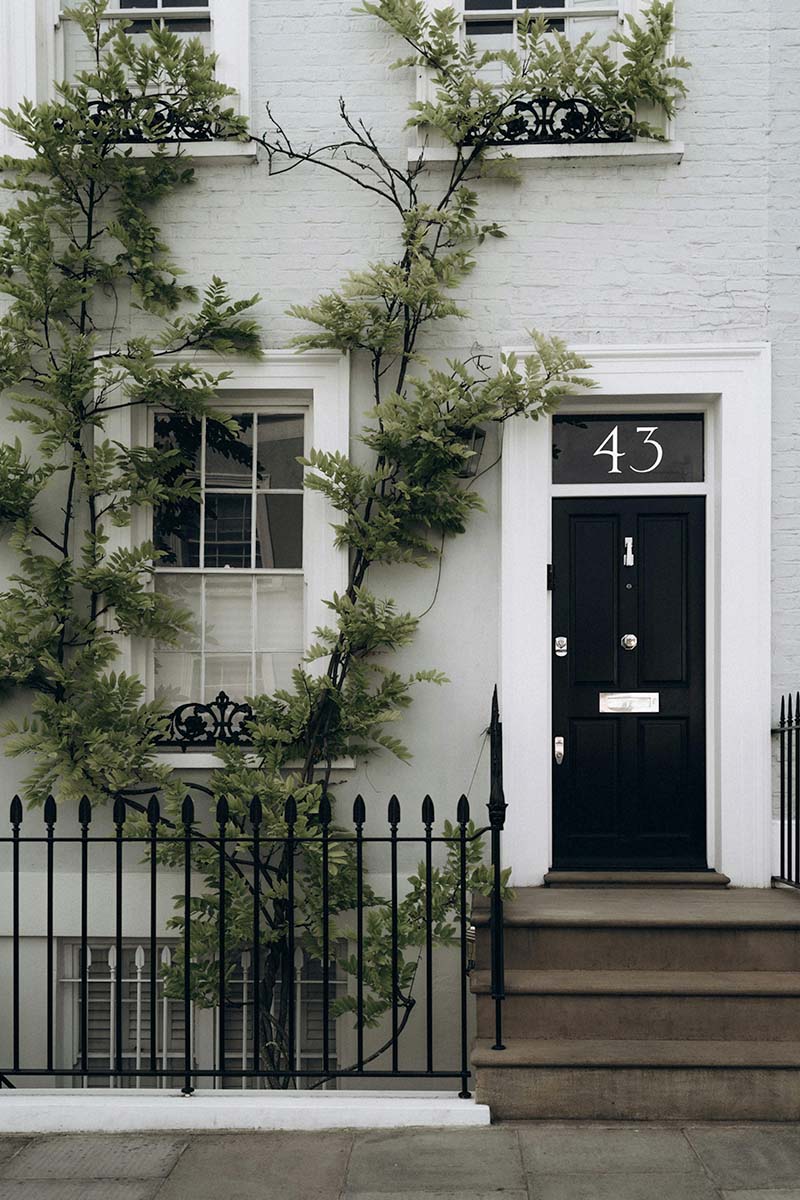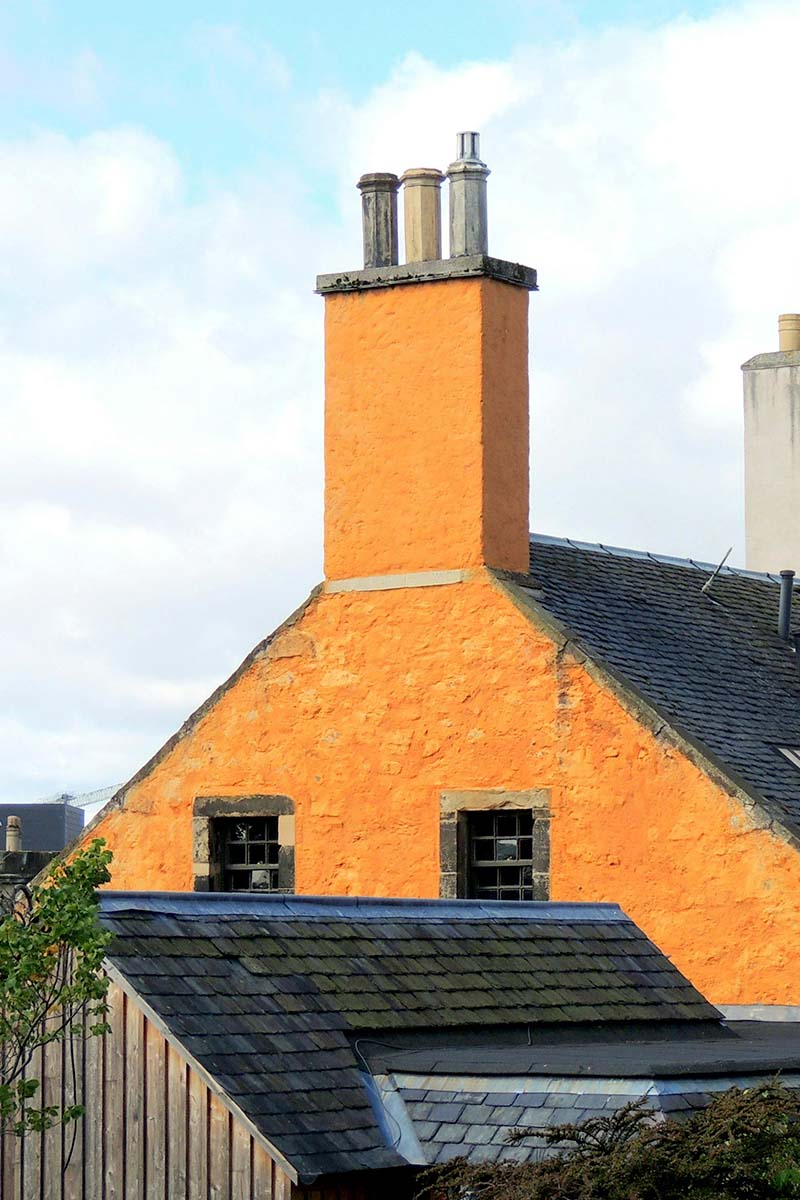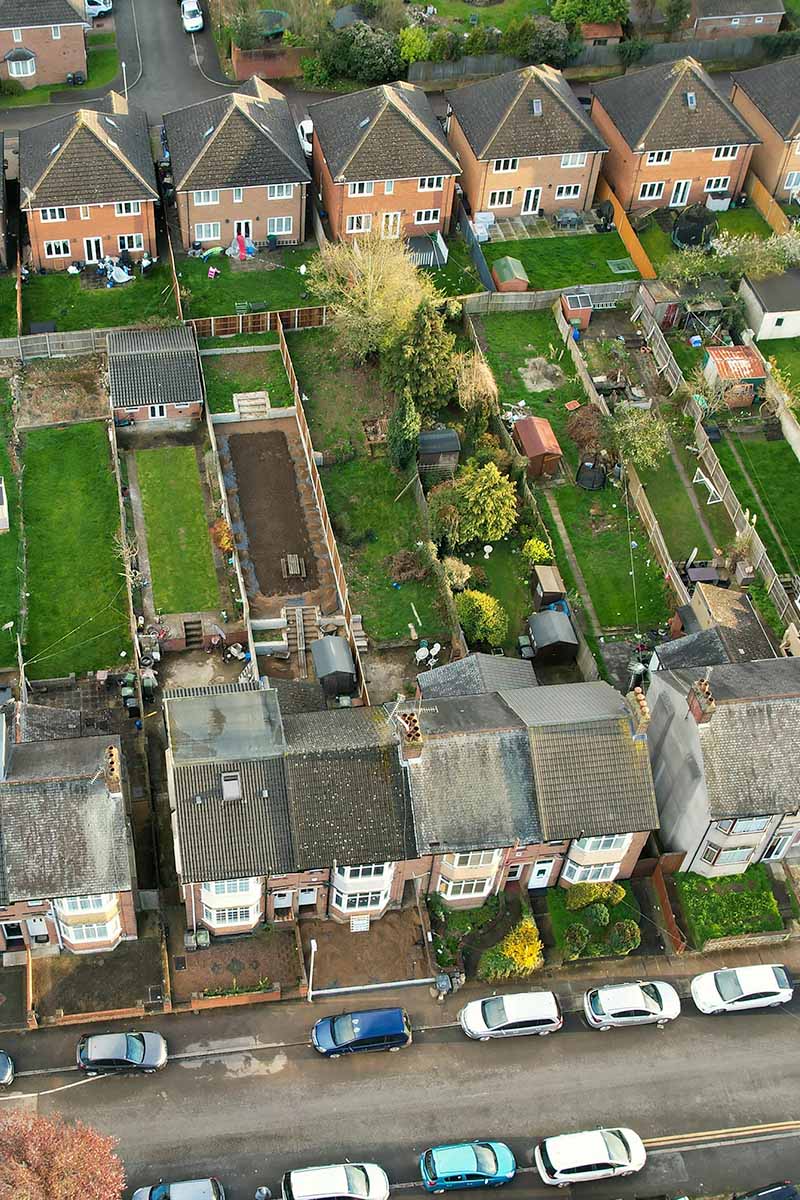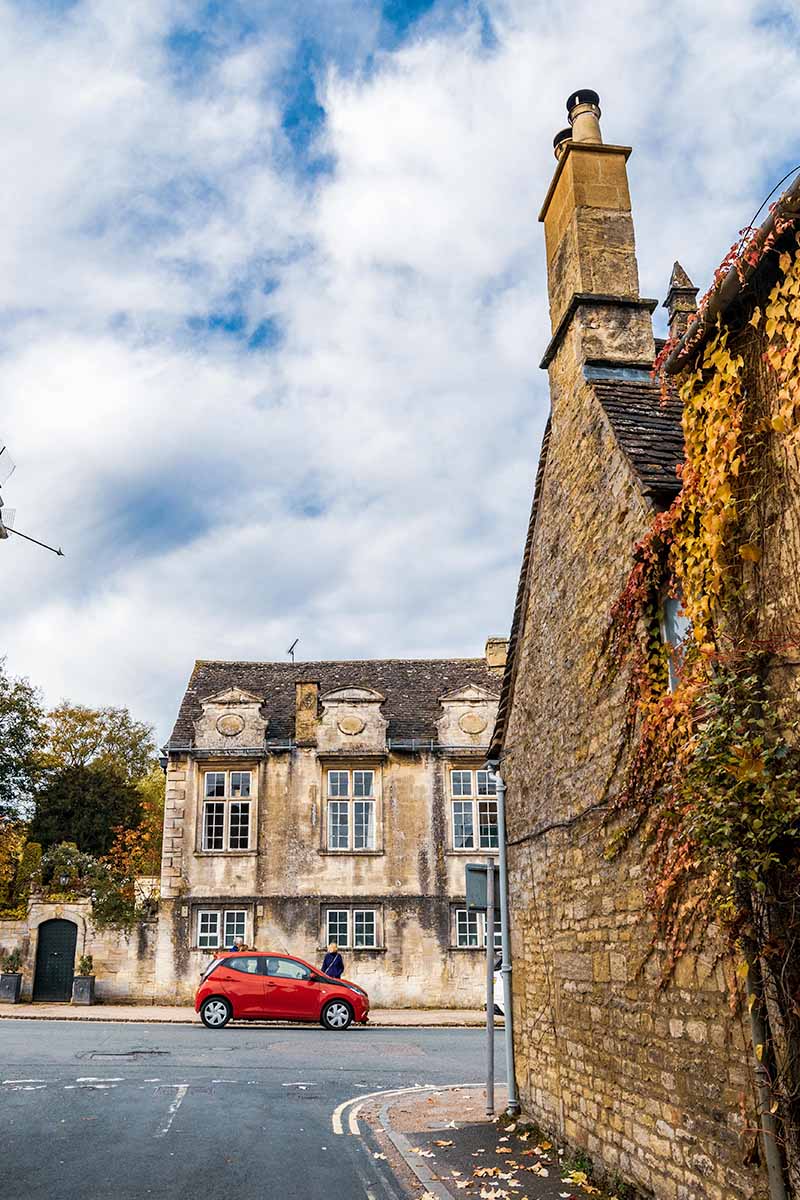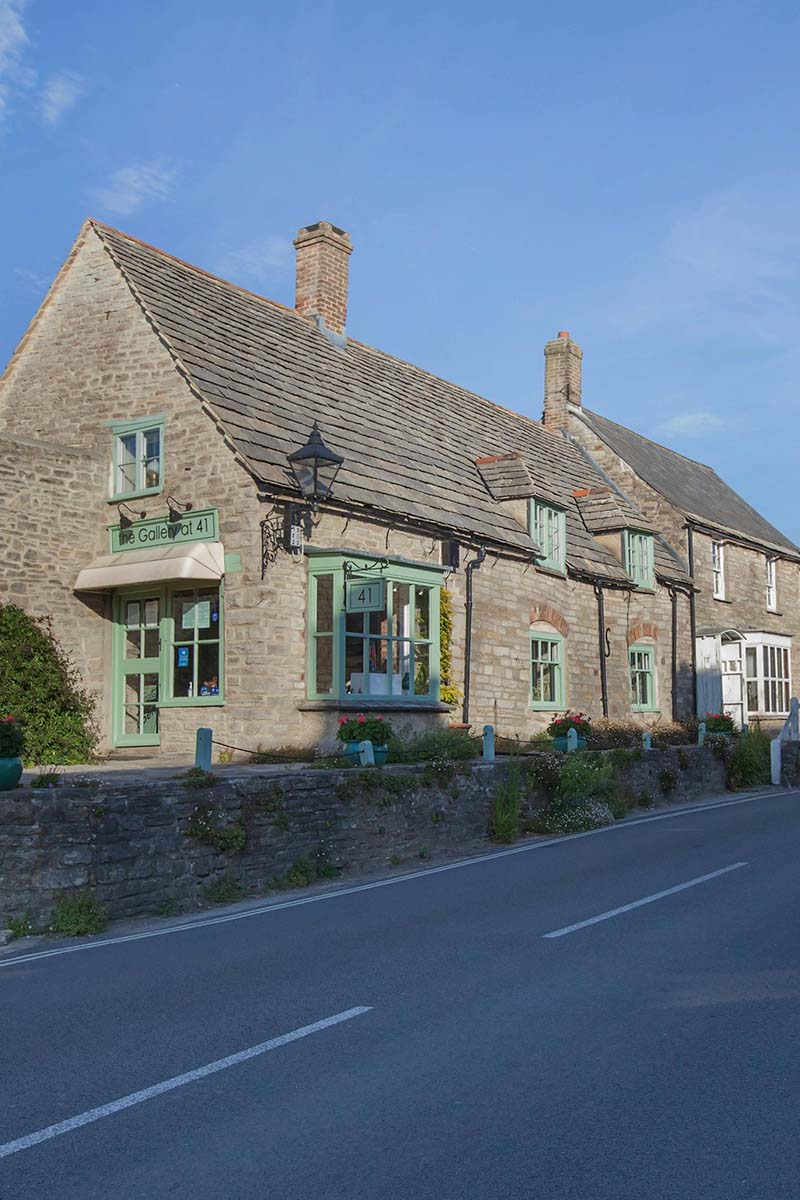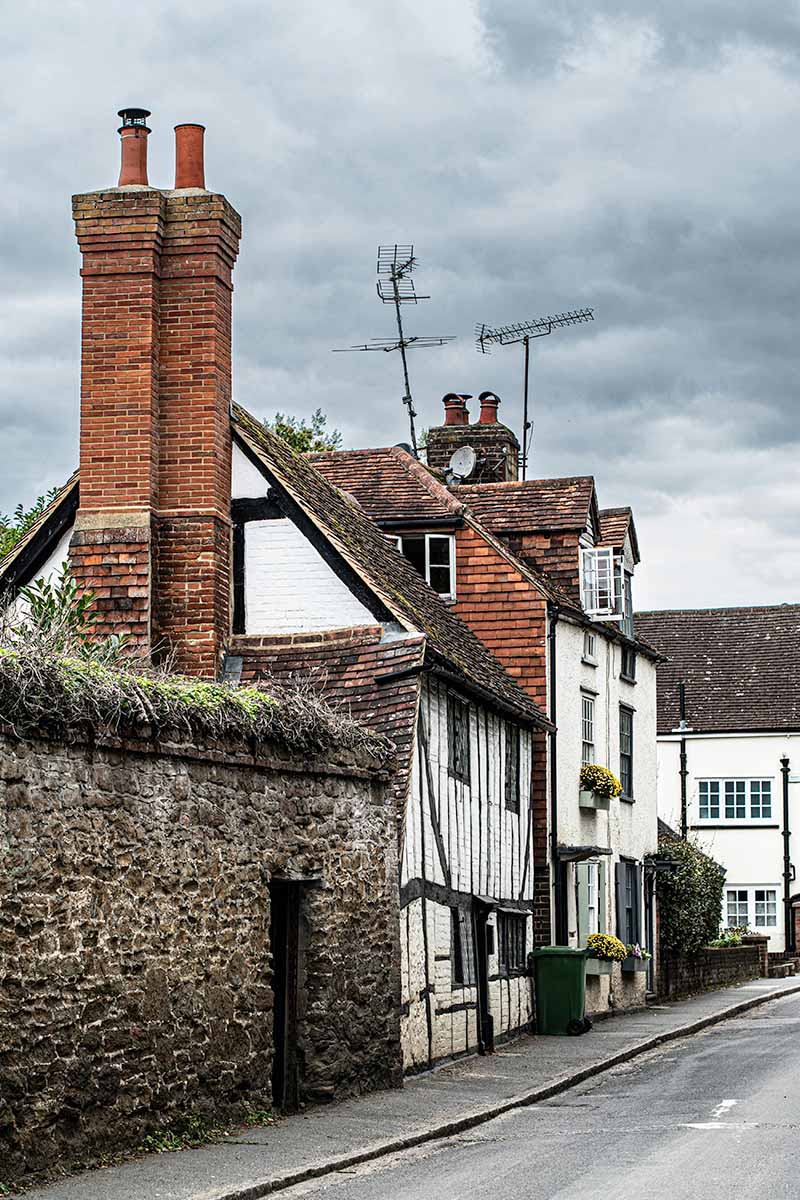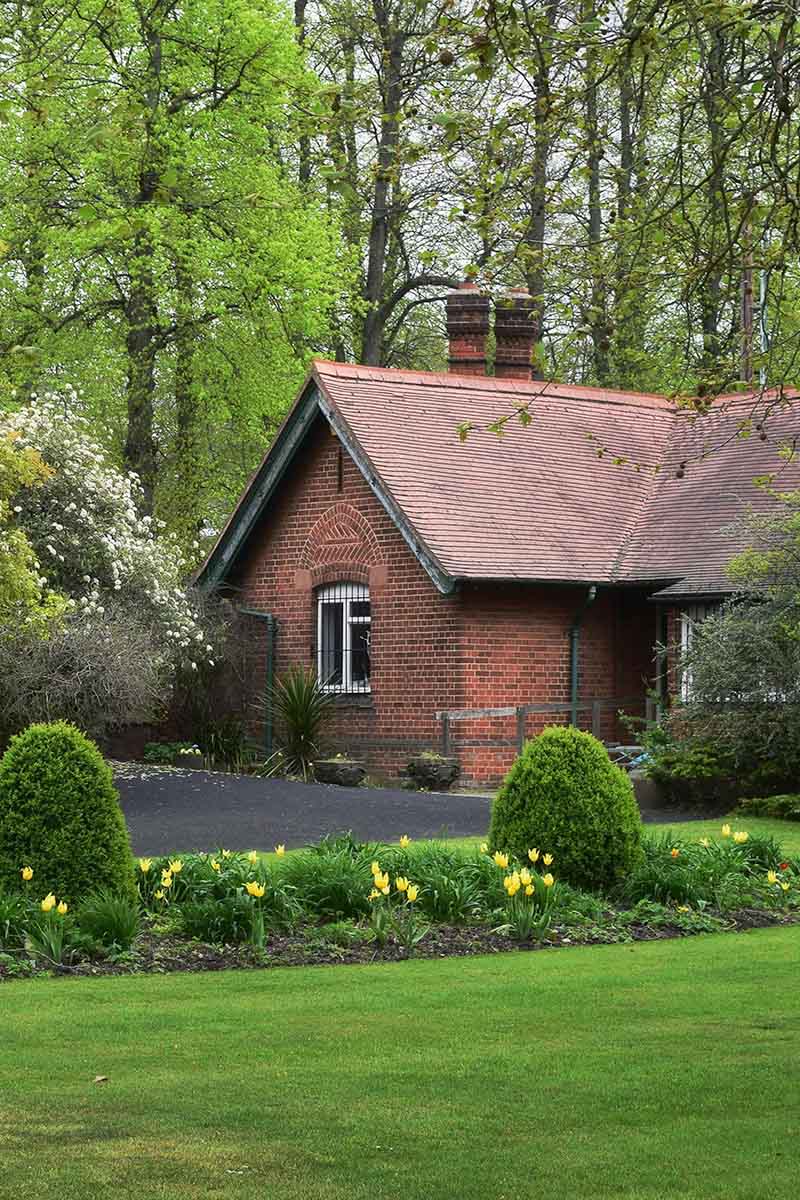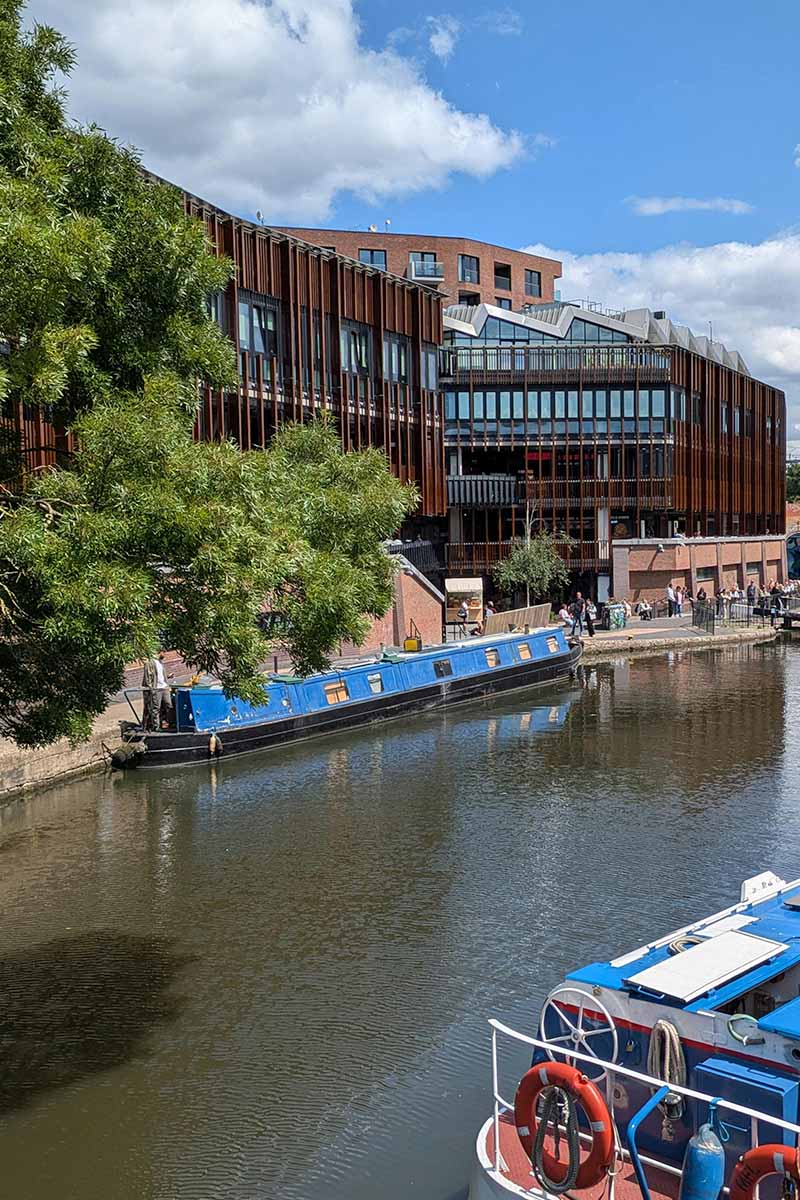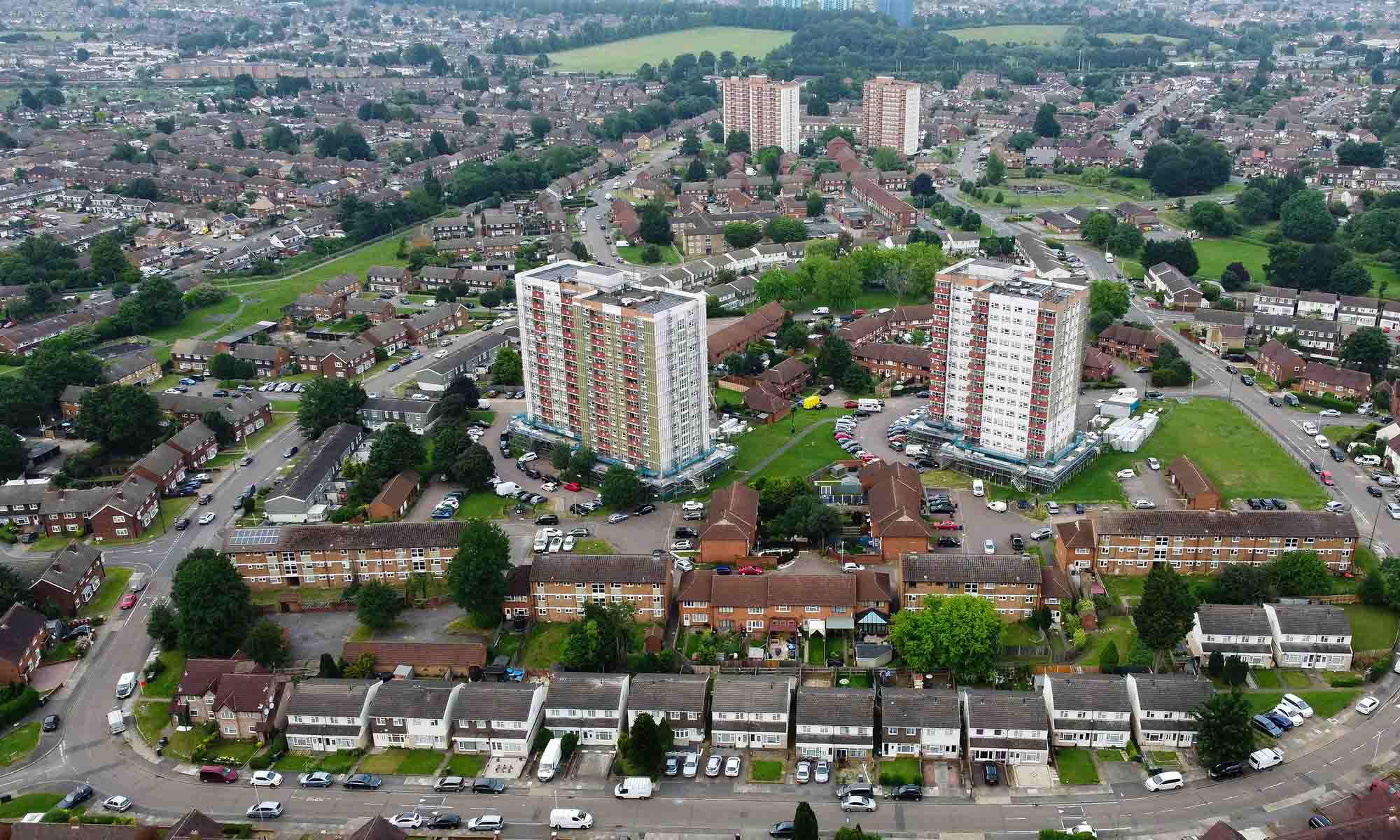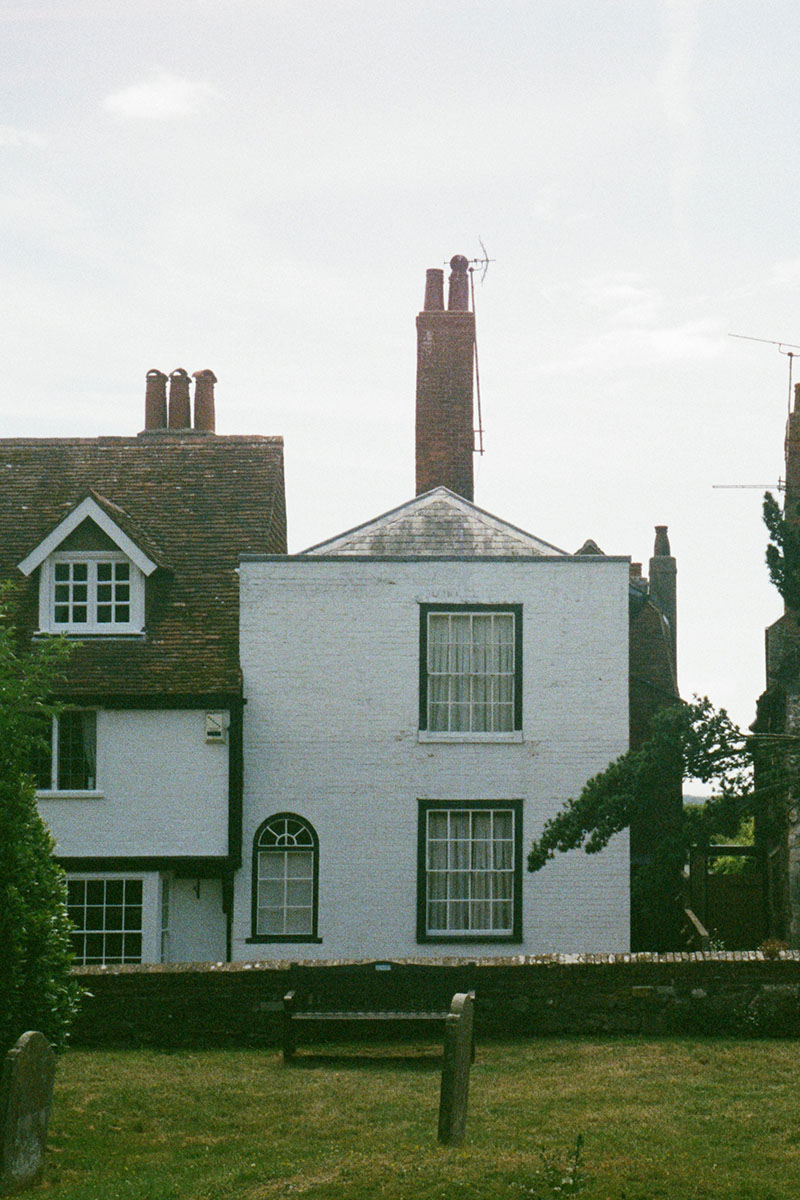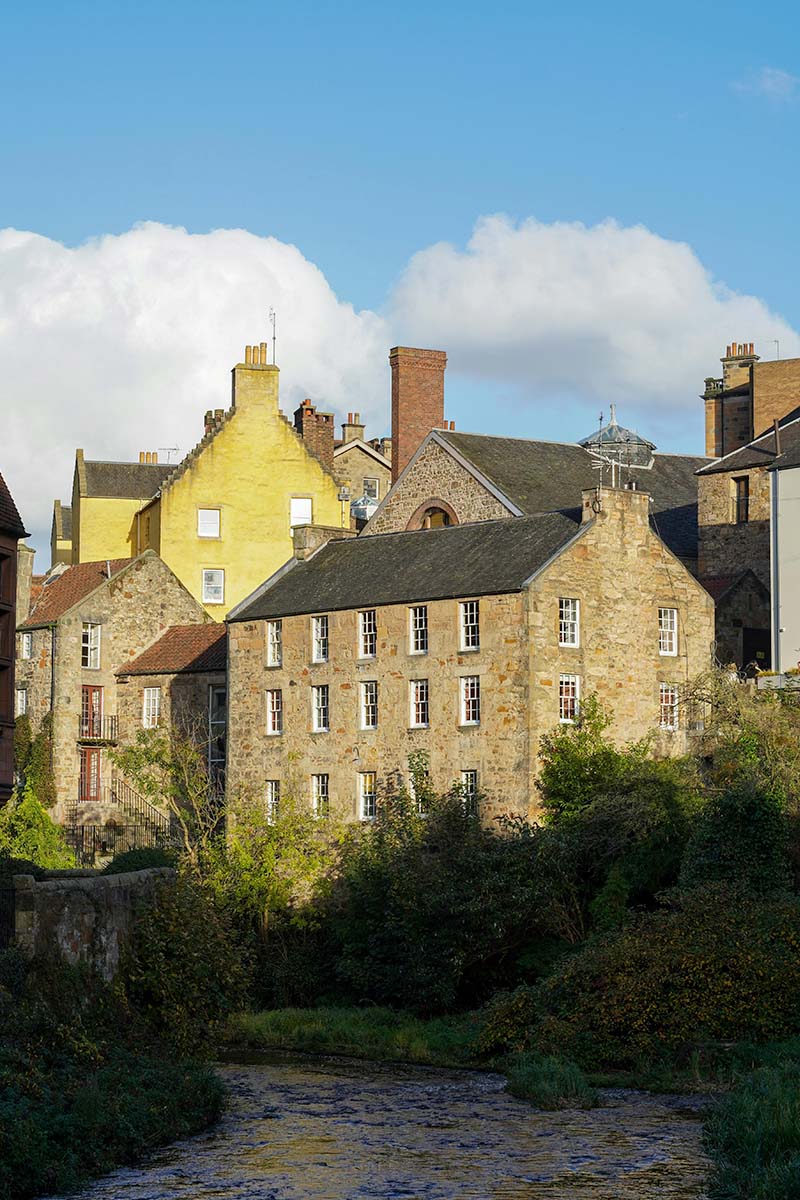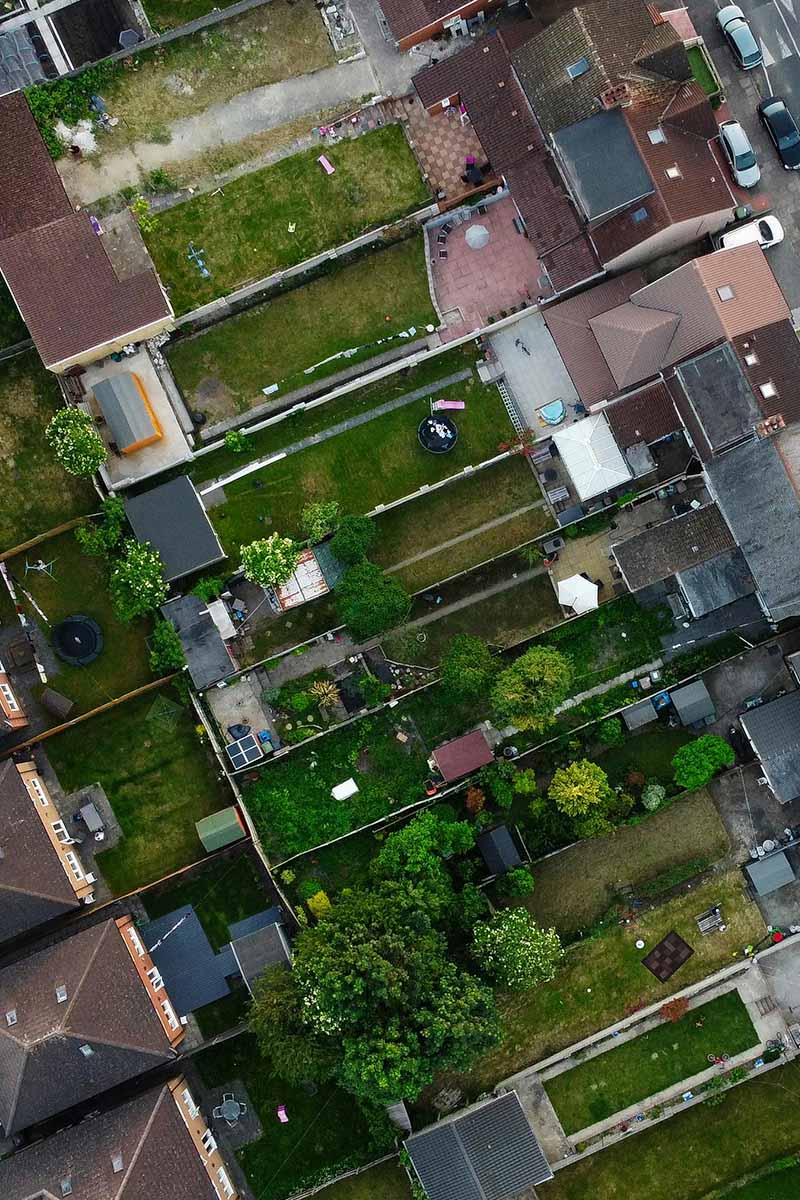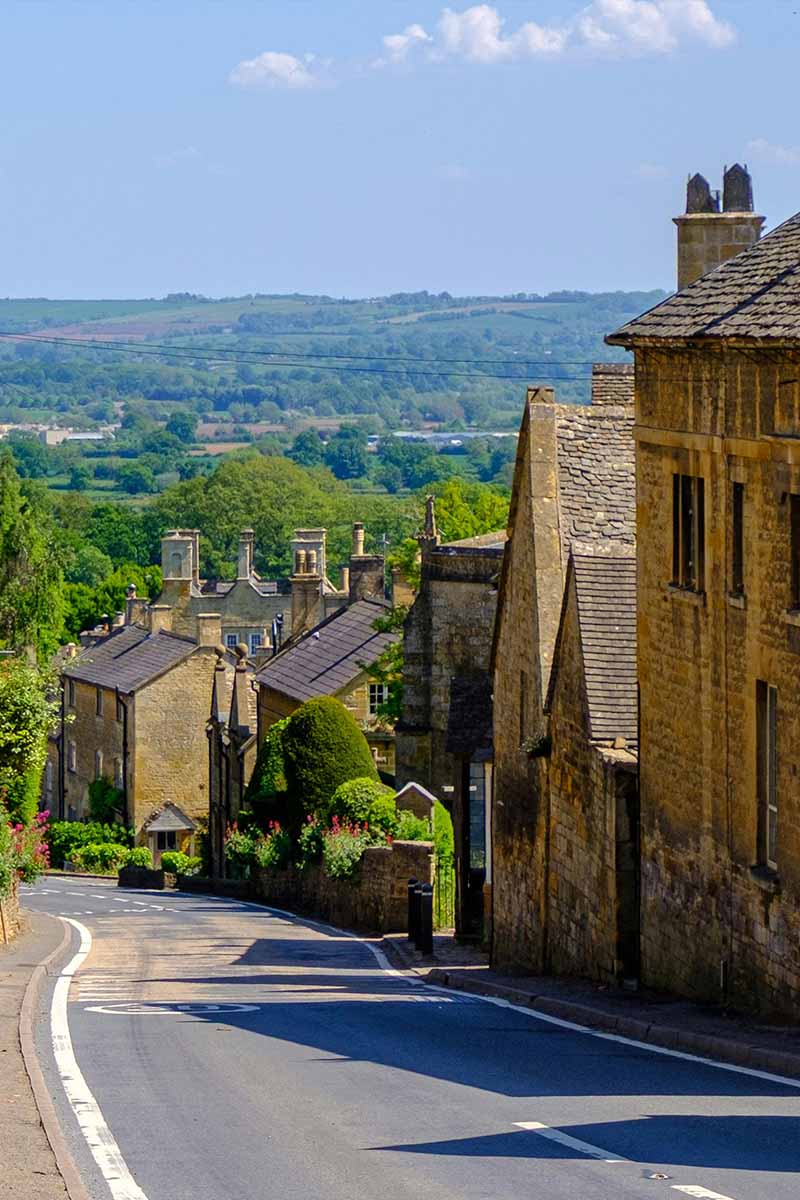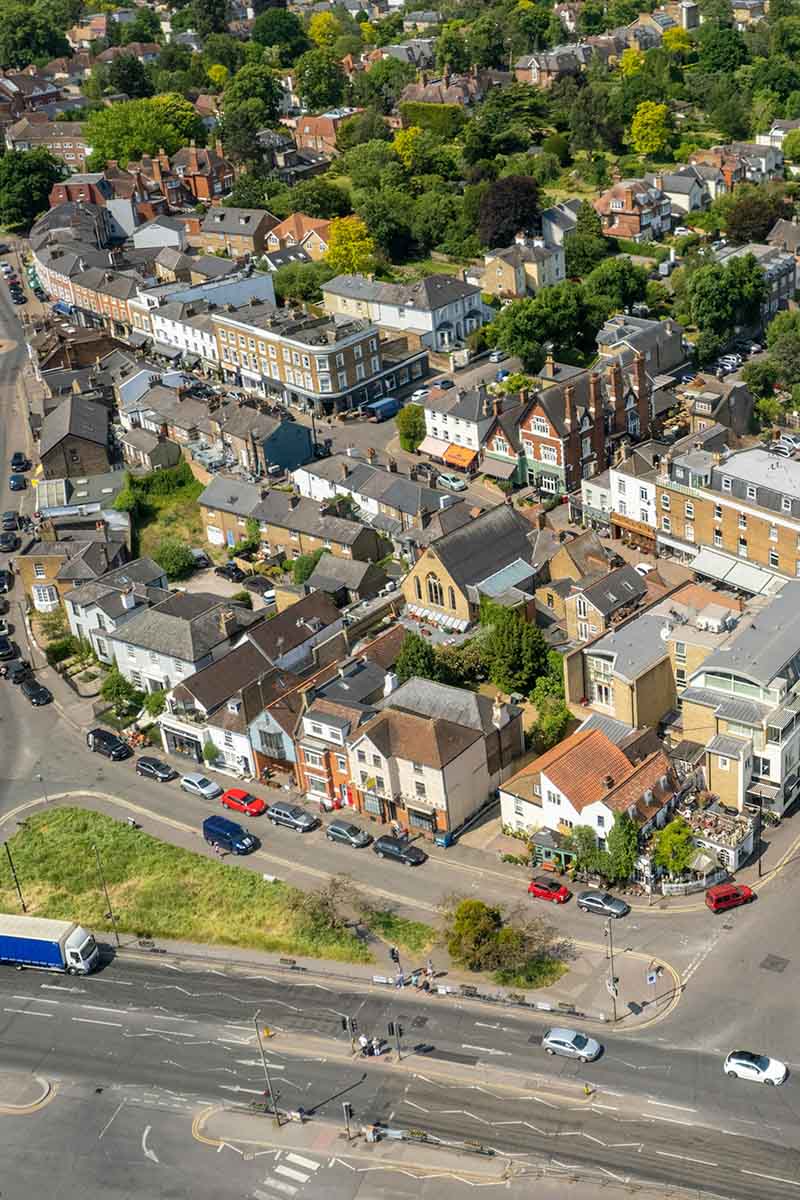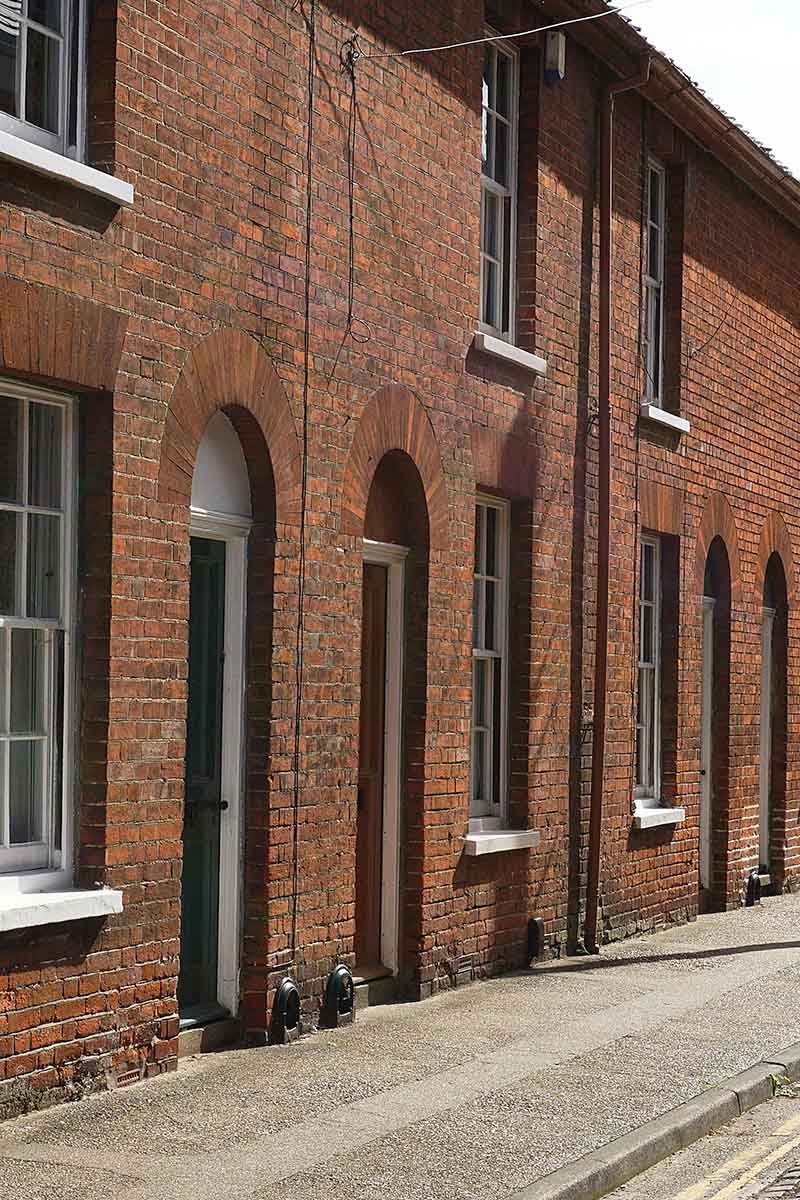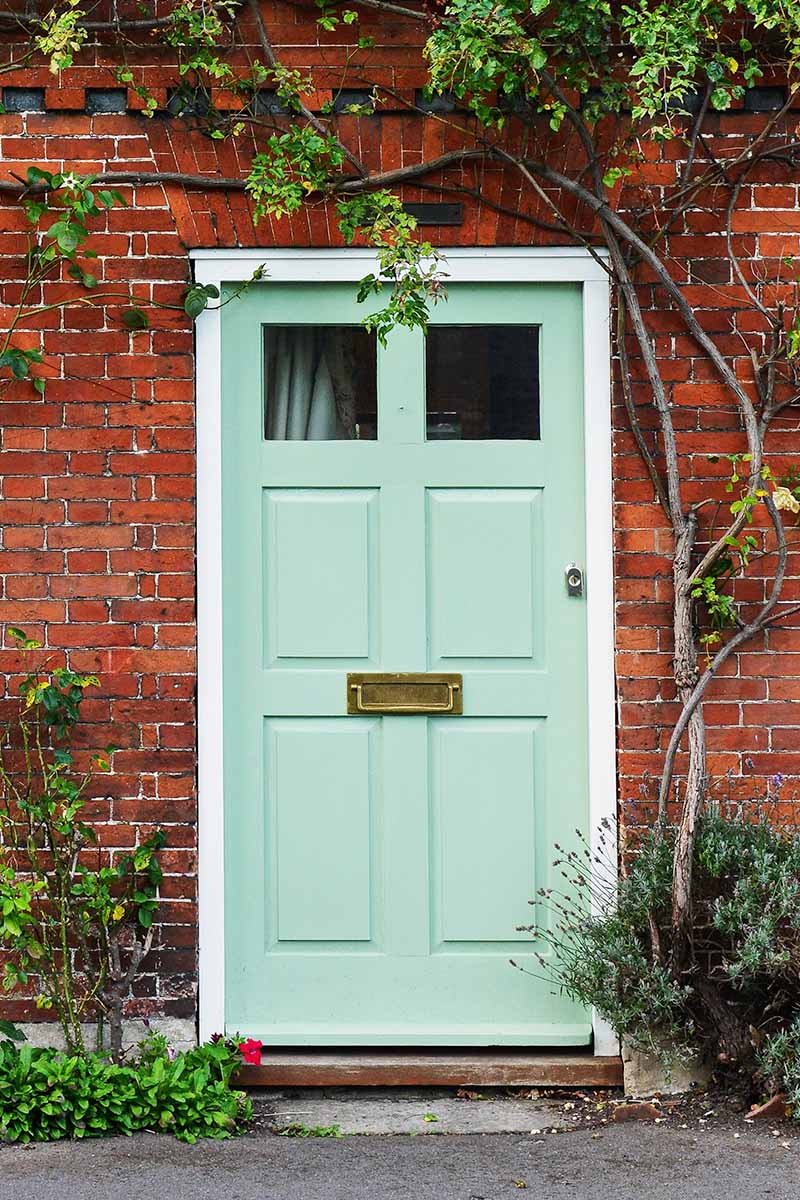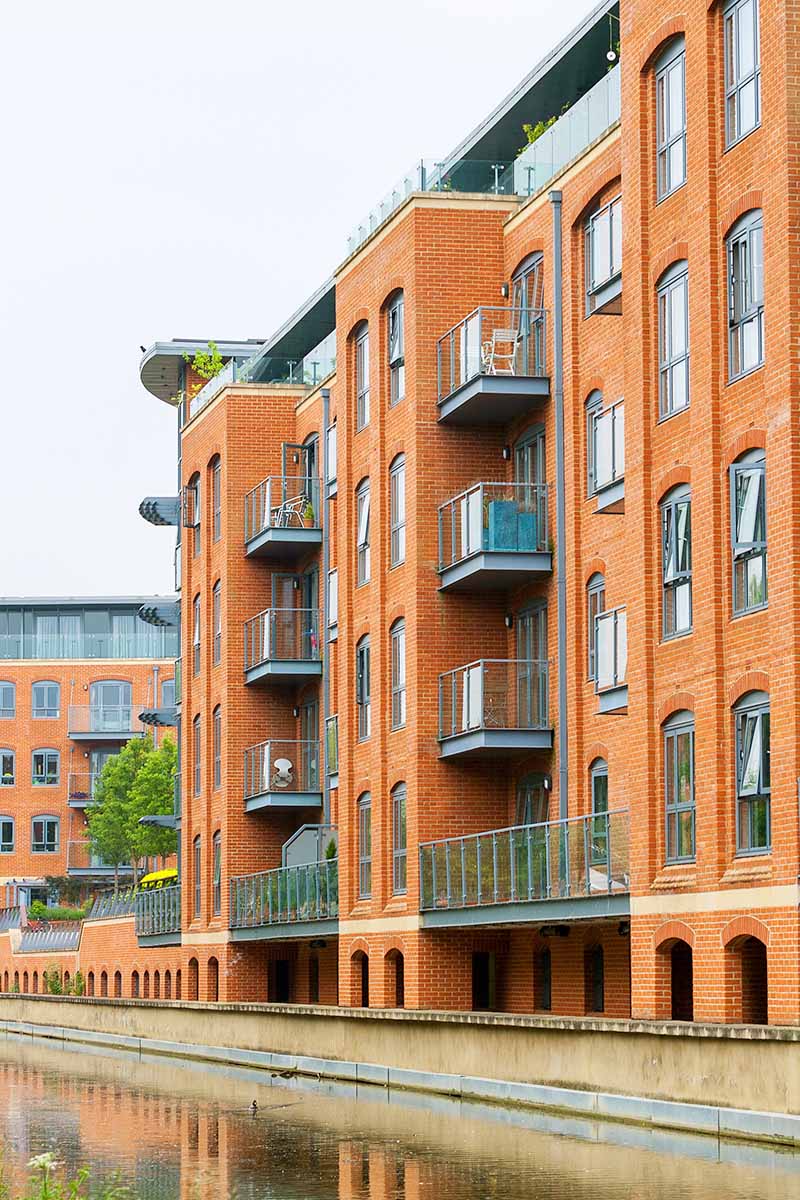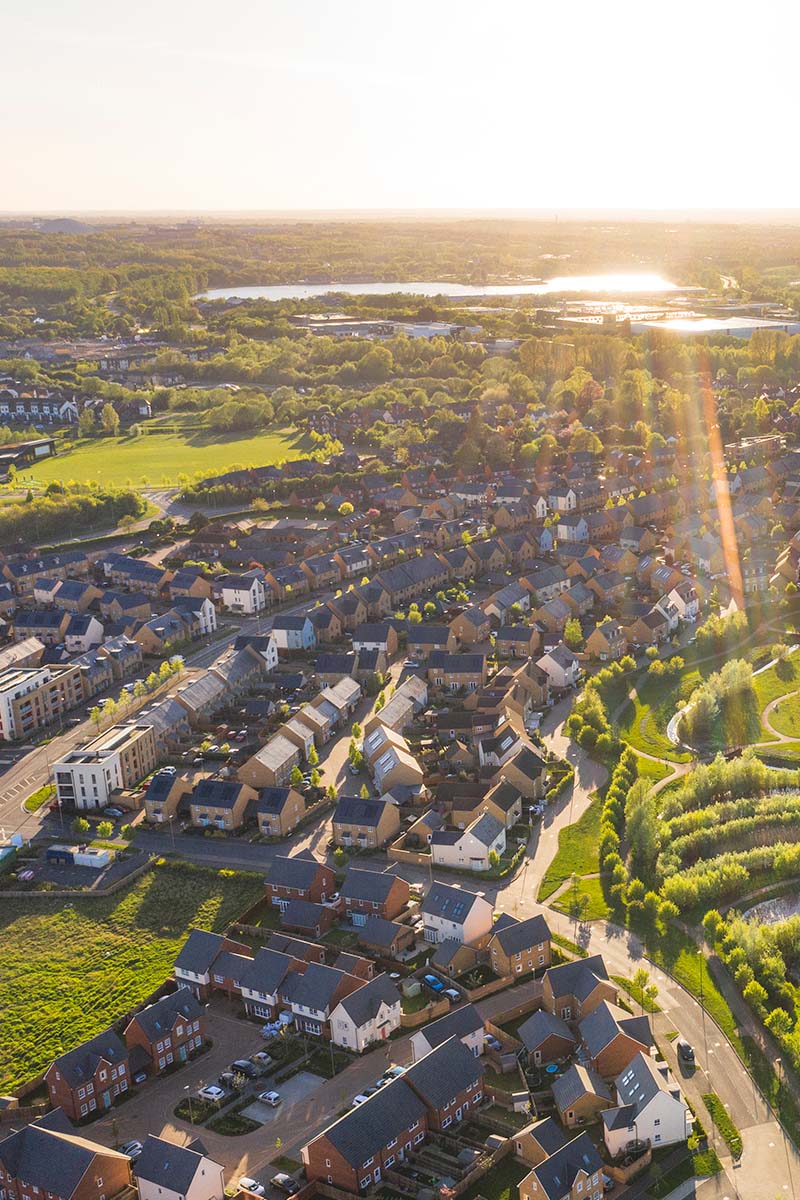Maximum height of trees near houses in the UK
If you’re looking for a legal limit on how tall a tree can be near your house in the UK, there isn’t one. No national law sets a maximum height for trees — whether in your garden, your neighbour’s, or on public land. However, certain rules can limit height in specific situations, such as high hedge complaints, safety risks, or if the tree is legally protected. This guide explains how tree height is regulated, the differences between UK regions, how Tree Preservation Orders and conservation areas affect what you can do, and the steps you can take if a tree is causing problems.
The key facts below give you a snapshot of the rules and options when it comes to tree height near houses in the UK. They cover legal limits, protections, and the steps you can take if a tree is causing problems.
- There is no set legal maximum height for trees near houses in the UK.
- High hedge laws can be used for evergreen hedges over 2 metres in certain circumstances.
- Rules vary in England/Wales, Scotland, and Northern Ireland.
- Tree Preservation Orders (TPOs) and conservation areas can restrict what work you can do.
- Homeowners can cut branches or roots on their side, but checks are needed first.
- Trees causing property damage may be dealt with under nuisance law or via insurance claims.
- Disputes can be resolved through negotiation, council involvement, or legal action.

Is there a legal maximum height for trees near houses?
There is no general law that says how tall a single tree can be near a house.
The main exception relates to high hedge legislation.
High hedge laws
- Apply to evergreen or semi-evergreen hedges over 2 metres in height.
- In Scotland, apply to any species (evergreen or deciduous).
- Do not apply to single trees.
- Focus on loss of light or enjoyment of a property.
High hedge complaints are designed to prevent excessive shading and maintain neighbourly harmony, but they’re not a one-size-fits-all solution. Councils assess each case individually, considering factors such as the hedge’s location, density, and its overall impact on the property.
When can a tree’s height be restricted?
A tree’s height can be legally reduced if:
- It is part of a hedge that meets the high hedge definition in your area.
- It poses a danger to people or property (e.g. risk of falling).
- It is causing actual property damage (e.g. subsidence, blocked drains).
- It is covered by a legal notice, such as a court order or a council-issued dangerous tree notice.
- It breaches local planning conditions (for example, trees planted as part of a development landscape plan).
In all of these scenarios, evidence is crucial. Councils and courts generally won’t take action based on appearance or personal preference alone — there must be a tangible safety hazard, loss of enjoyment, or measurable damage.
How tree height rules vary by UK region
Do Tree Preservation Orders or conservation areas affect tree height rules?
Yes — these protections can limit your ability to cut or reduce a tree, regardless of its height.
Tree Preservation Orders (TPOs)
- Protect trees that have public amenity value.
- Apply to any species or size.
- Cutting without permission can lead to unlimited fines.
Conservation areas
- Automatically protect most trees over a certain trunk diameter.
- You must give your council 6 weeks’ notice before carrying out work.
Wildlife protections
- Nesting birds and bat roosts are protected by law.
- Work must be timed to avoid disturbance or require special licensing.
These protections are intended to balance environmental conservation with residents’ needs, so permission may still be granted if there is strong evidence of risk or damage.
Possible scenarios and likely outcomes
Save time and hassle by selling your home with us
Get a guaranteed cash offer on any property in England and Wales. All you need to do to get started is enter your address below.
What can I do if a tree is too tall and causing problems?
If a tree’s height is an issue, your options depend on ownership, location, and protection status.
Step-by-step approach:
- Talk to the owner first — many disputes are solved with a conversation.
- Check if it’s protected — search for TPOs or conservation area status.
- Use high hedge laws if it meets the criteria.
- Cut back branches on your side (but only if unprotected).
- Deal with roots carefully — root cutting can destabilise trees.
- Involve the council if it’s dangerous or on public land.
- Seek legal advice if damage or nuisance is proven.
What if the tree is damaging my property?
Damage from trees typically involves roots or falling branches.
Common damage issues:
- Subsidence — roots drying out soil under foundations.
- Drain blockages — roots growing into pipework.
- Structural damage — pressure from roots or falling limbs.
What to do:
- Gather evidence (surveyor or arborist reports).
- Notify the owner in writing.
- Contact your insurer.
- If necessary, involve solicitors to pursue repairs or removal.
How to check and remove a tree legally
For unprotected trees:
- You can remove or prune at will, but still need to avoid wildlife harm.
- A qualified tree surgeon is strongly advised for large work.
For protected trees:
- Apply to the council for consent.
- Provide clear evidence of damage or safety risk.
- Wait for written approval.
- Follow any conditions, including replanting.
How councils decide if action is justified
There’s no fixed “too tall” definition — councils look at:
- Species growth habits.
- Shading impact.
- Proximity to structures.
- Risk to safety.
- Evidence of damage.
A 15-metre beech in a rural conservation area might be left untouched, while a 10-metre leylandii blocking light in a terraced street could face a reduction order.
Recap: Maximum height of trees near houses in the UK
- There is no universal height limit — the law focuses on impact and safety, not numbers.
- High hedge laws may apply for hedges over 2m, but not single trees.
- TPOs and conservation areas require special permissions before cutting.
- You can cut branches or roots on your side if the tree is unprotected.
- Damage, safety risks, or nuisance can be addressed through insurers, councils, or courts.
Thinking of moving because of property issues like overgrown trees?
That’s where we can help. We offer a quick, hassle-free route to selling your home, even if there are ongoing disputes or environmental concerns. You’ll avoid viewings, long chains, and the uncertainty of the open market.
- Fair market valuation based on local data.
- Fast sale without estate agents or lengthy chains.
- Lower price than the open market, but guaranteed speed and certainty.
- Flexible sale timeline to suit your schedule.
Property owners are choosing Habello for a faster, easier and less stressful way to sell
Sell your home quickly for cash by accepting an offer just below market value. See how we compare to your other options by using the calculator below.
Related guides
Bring yourself up to speed with our property guides.





